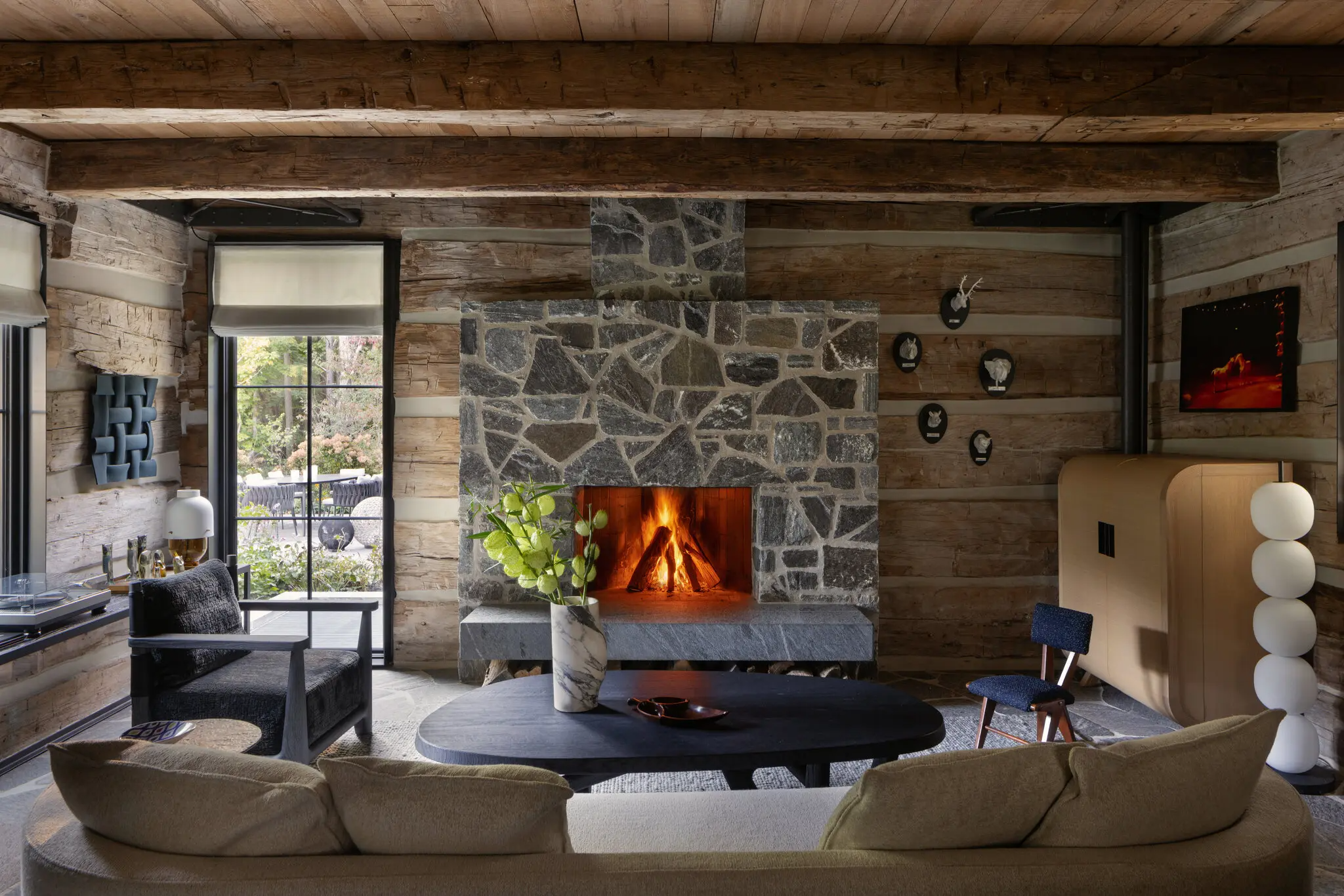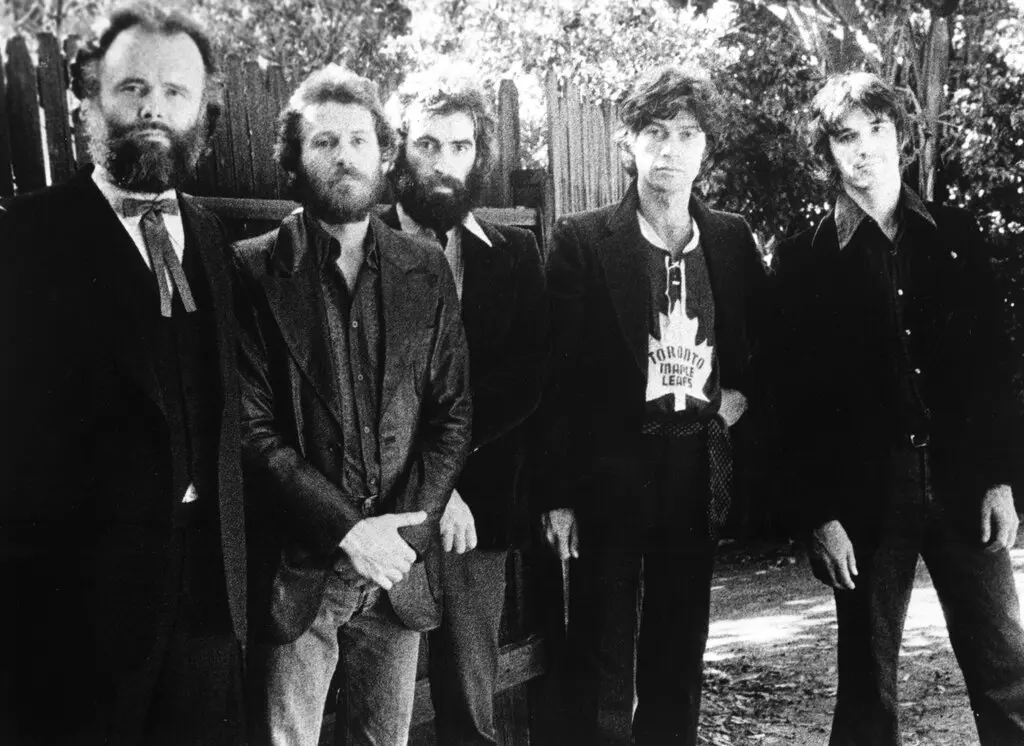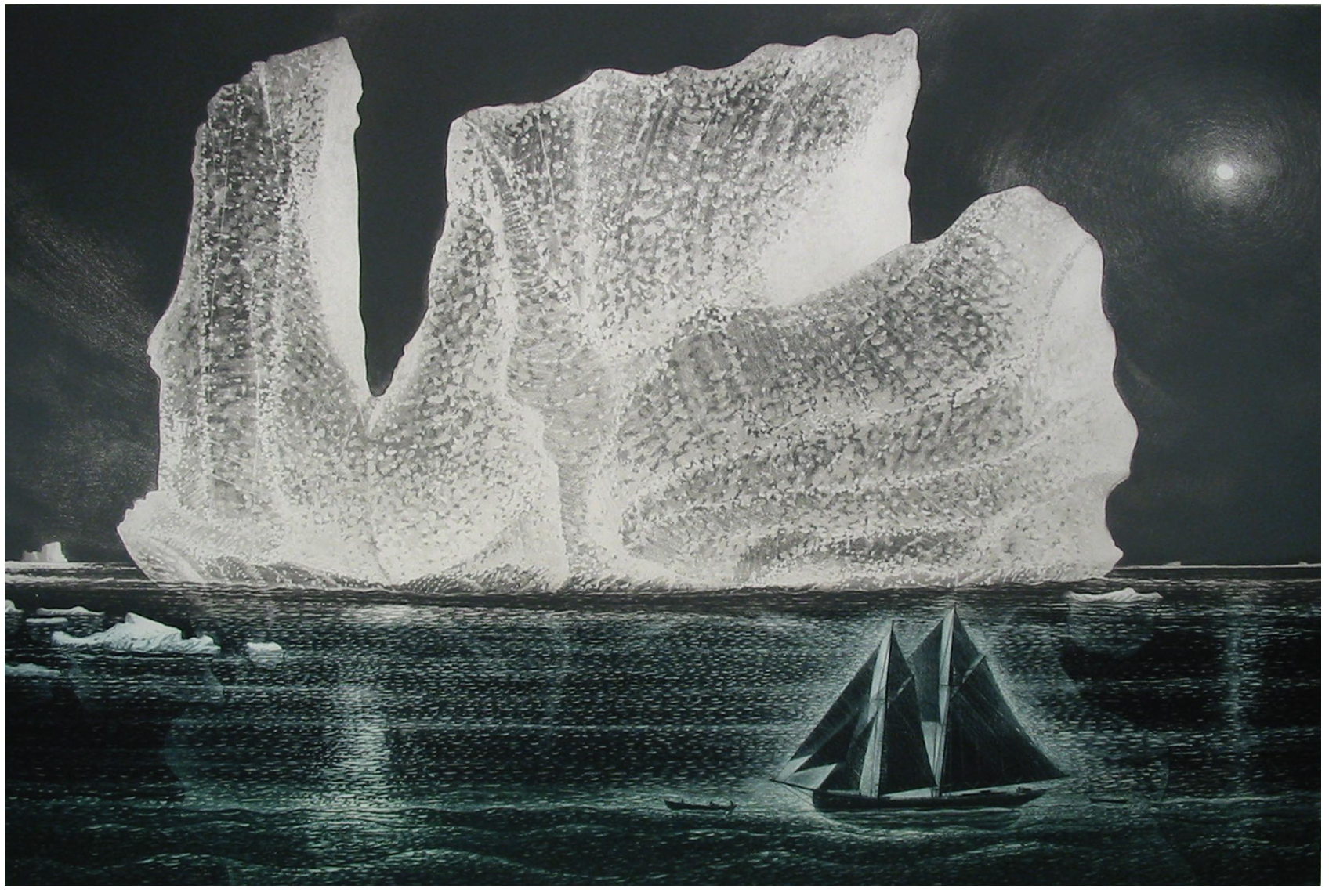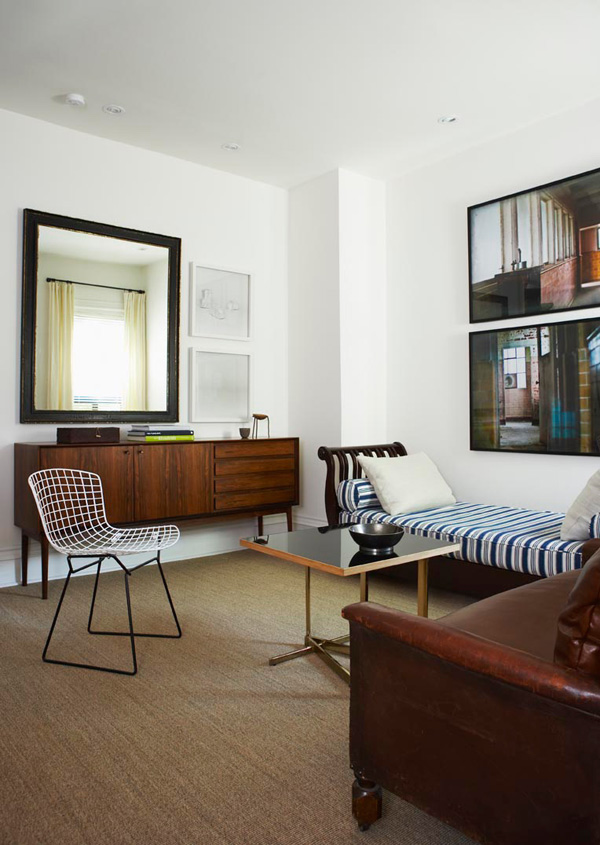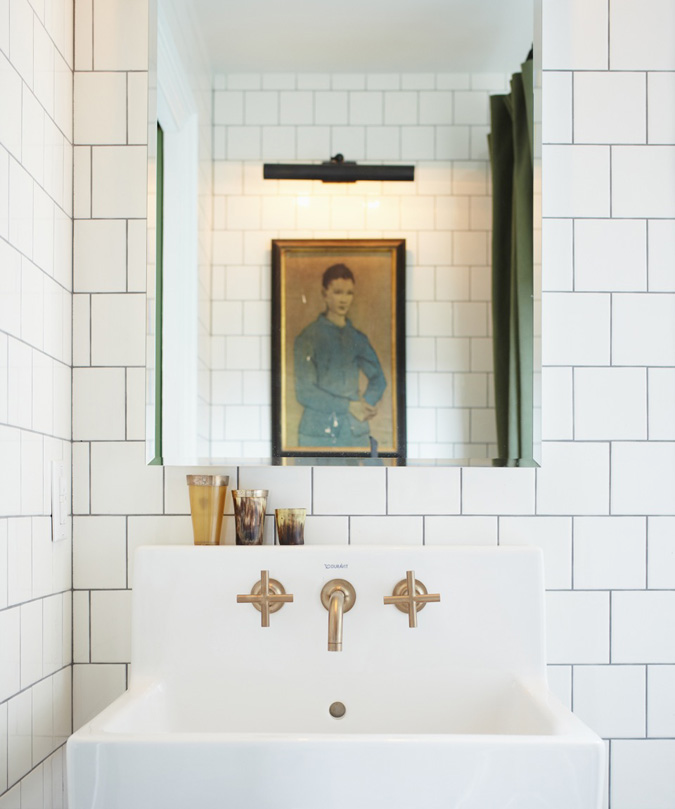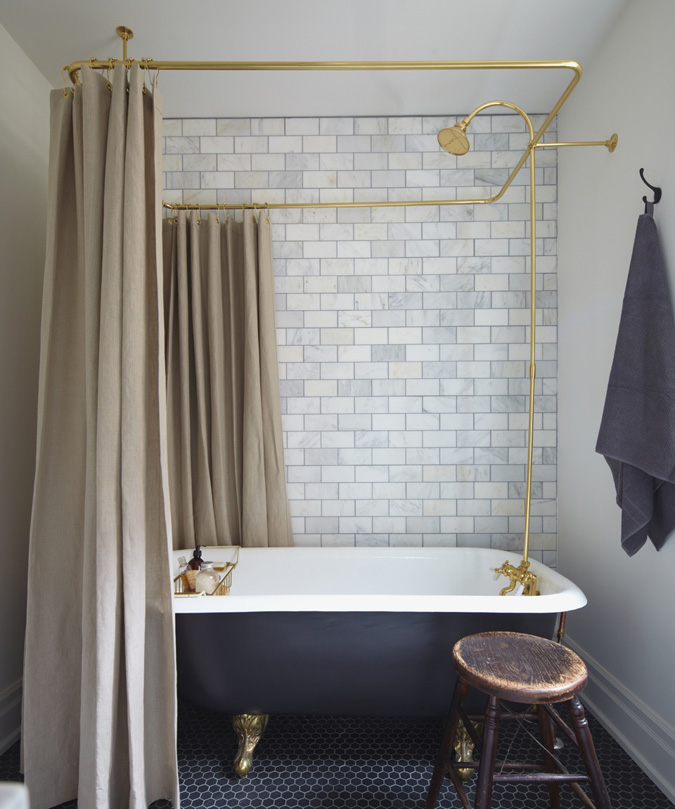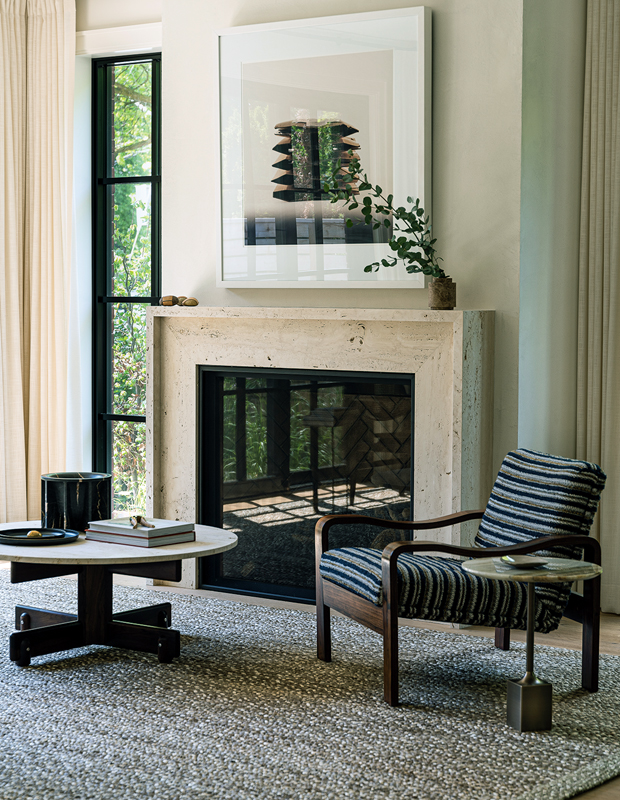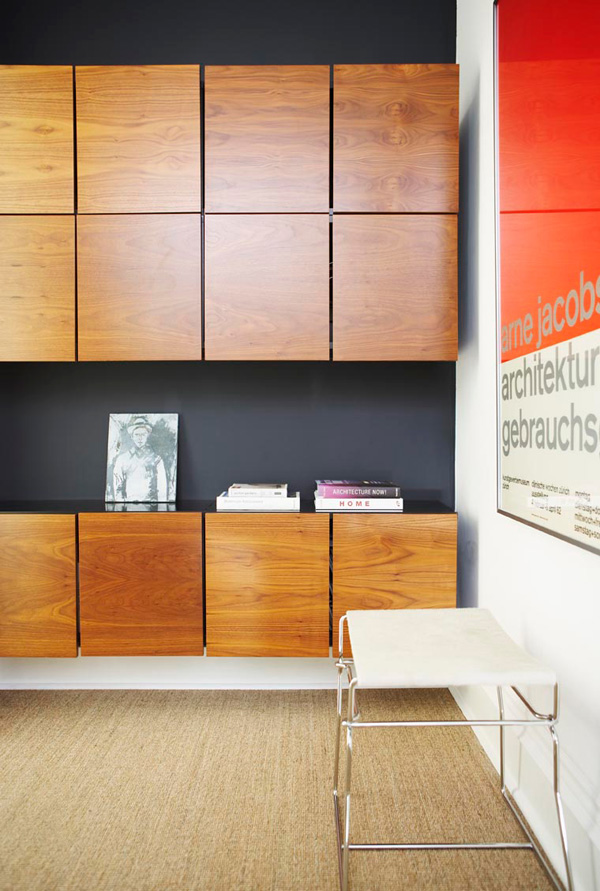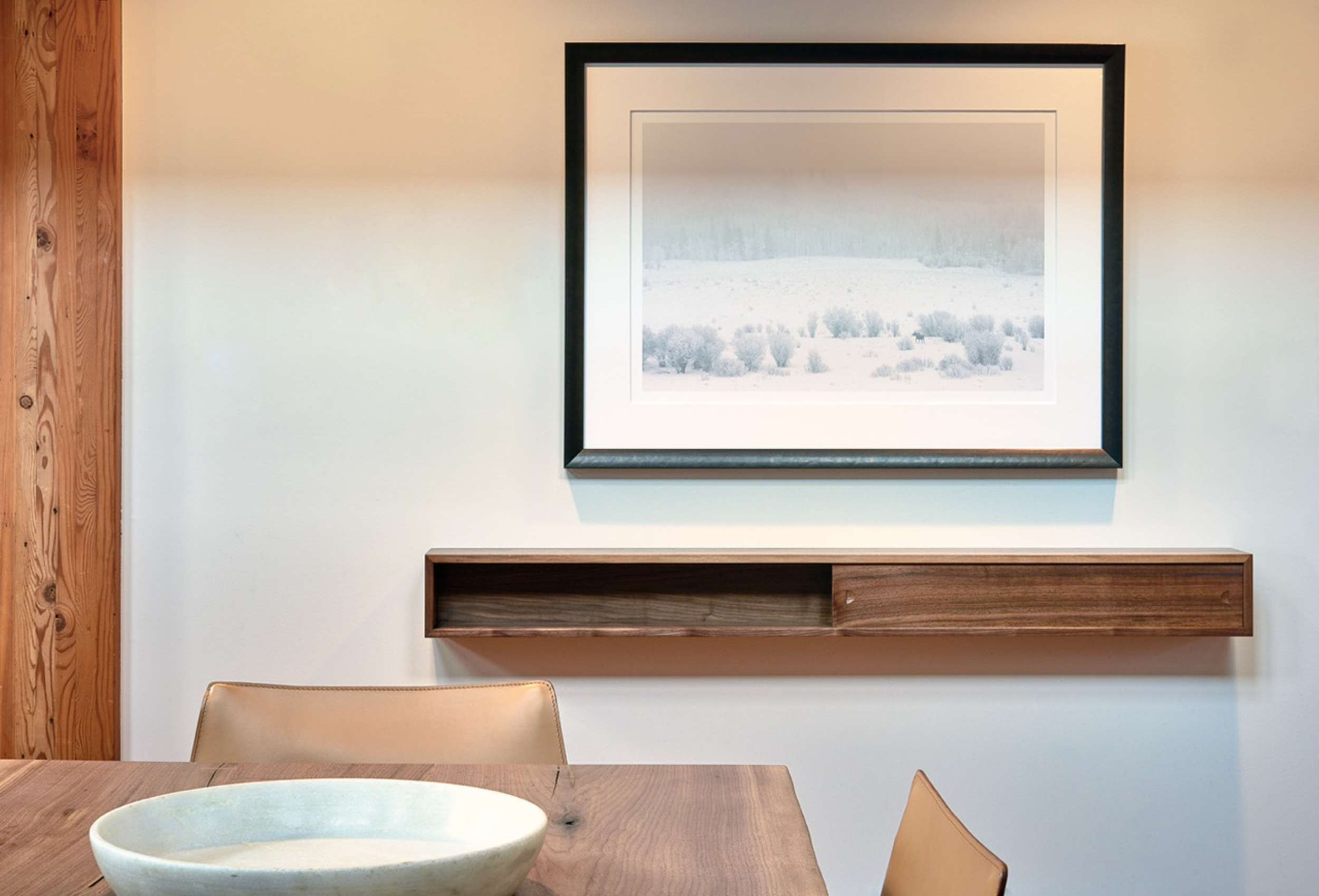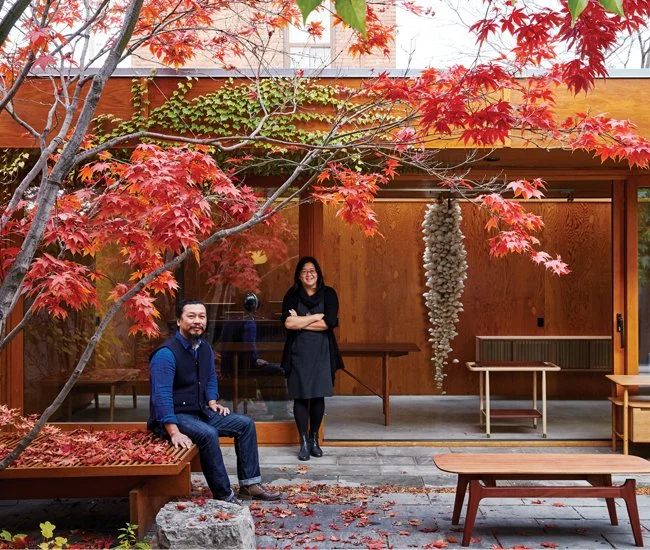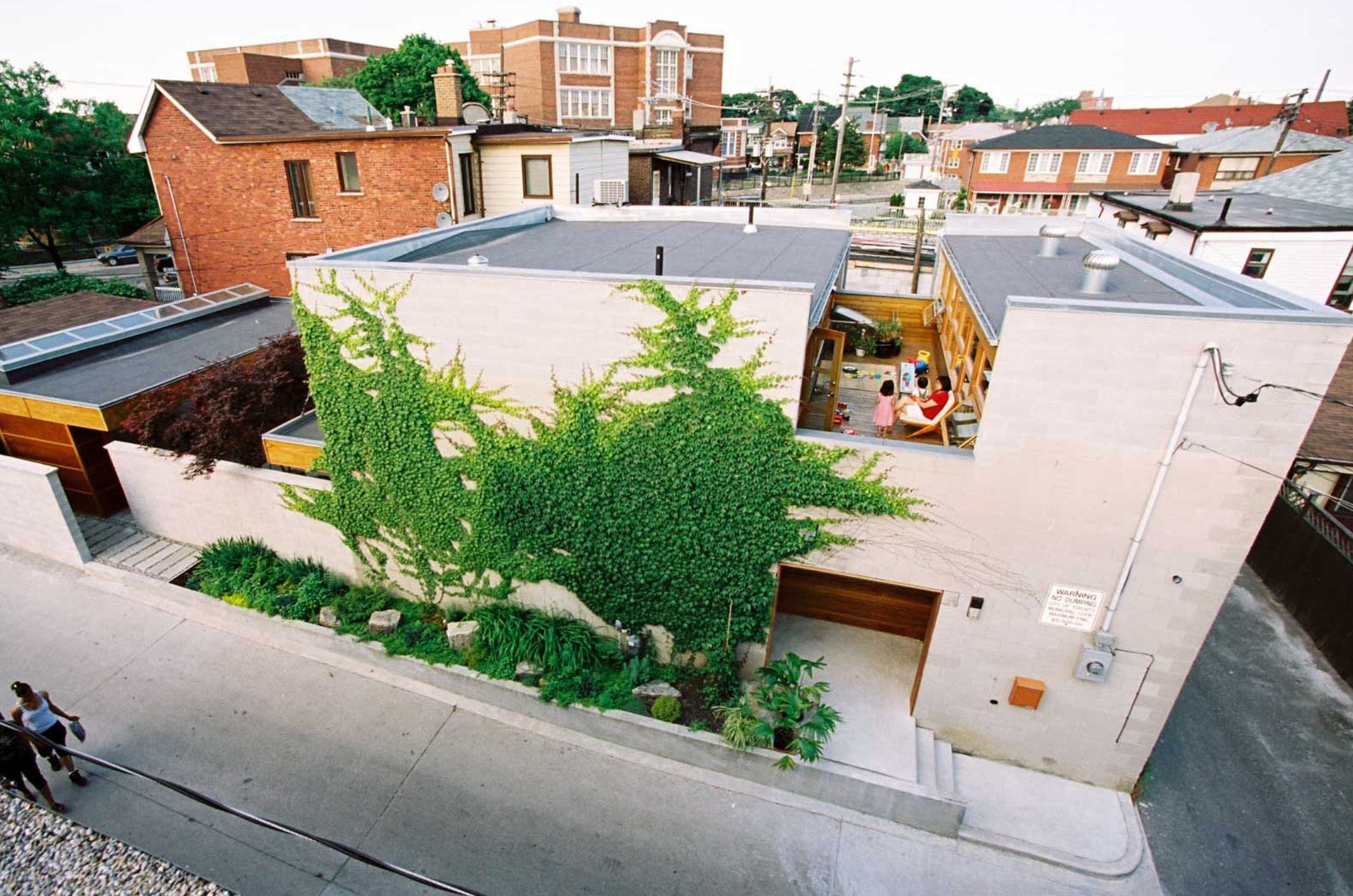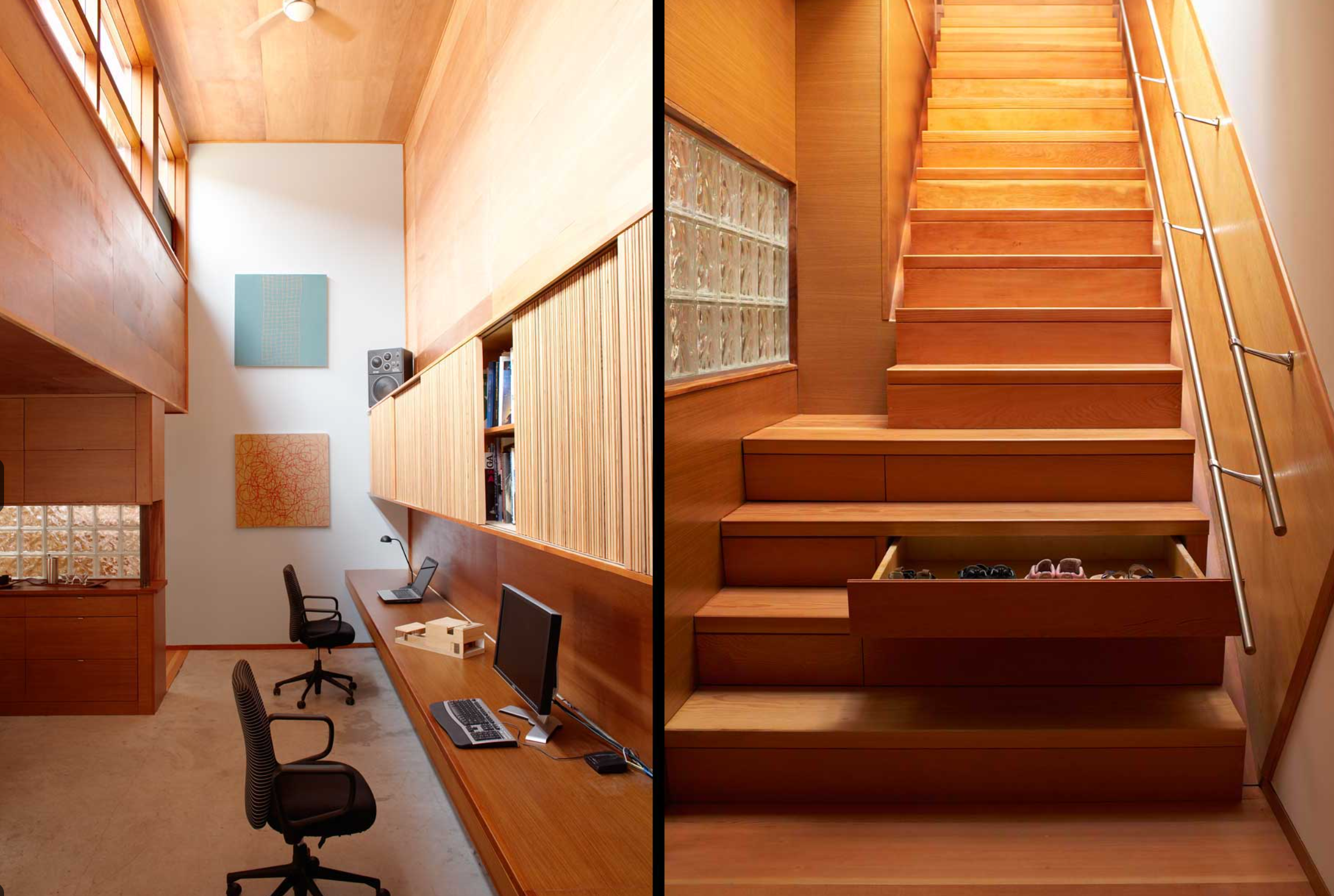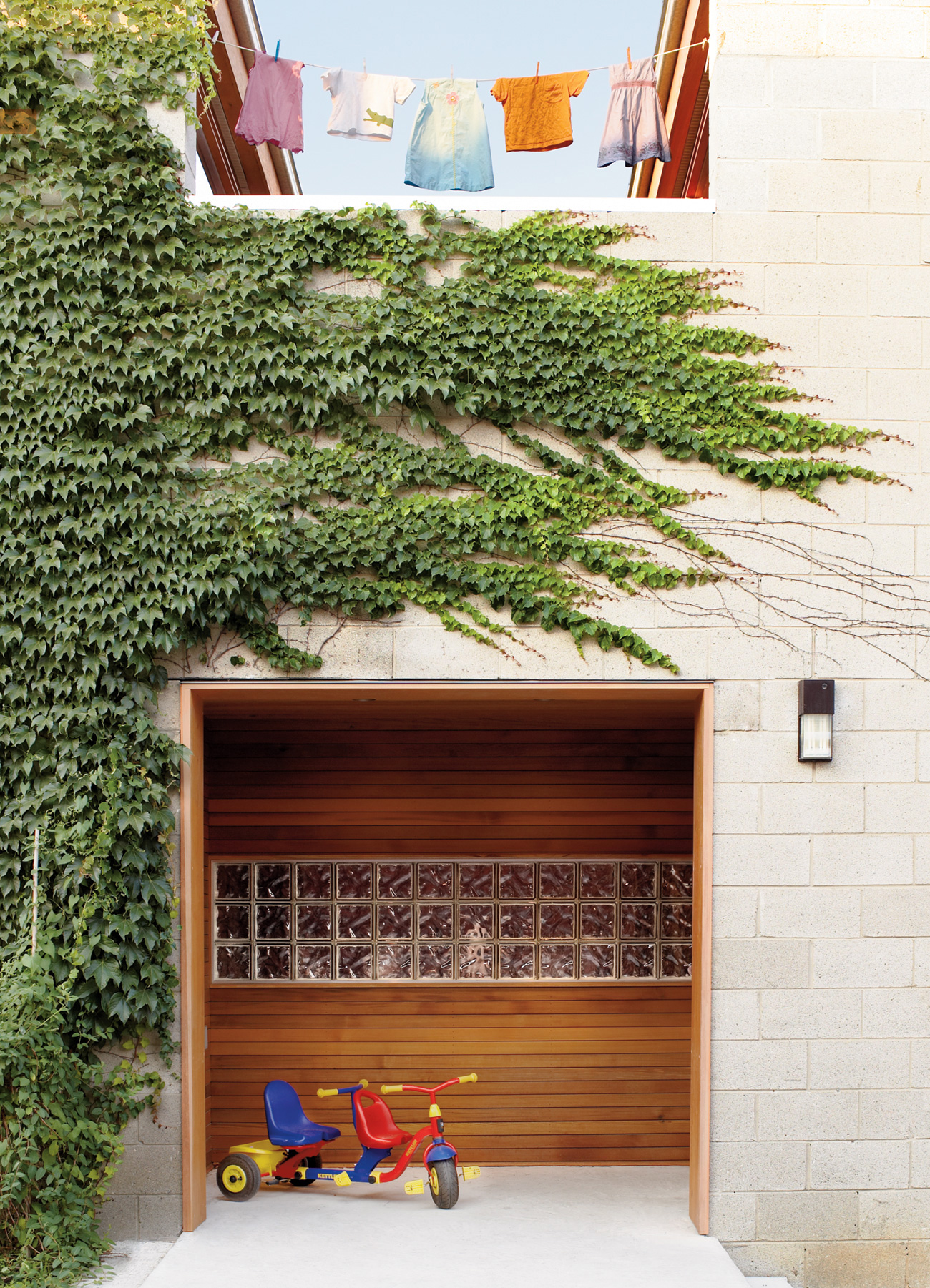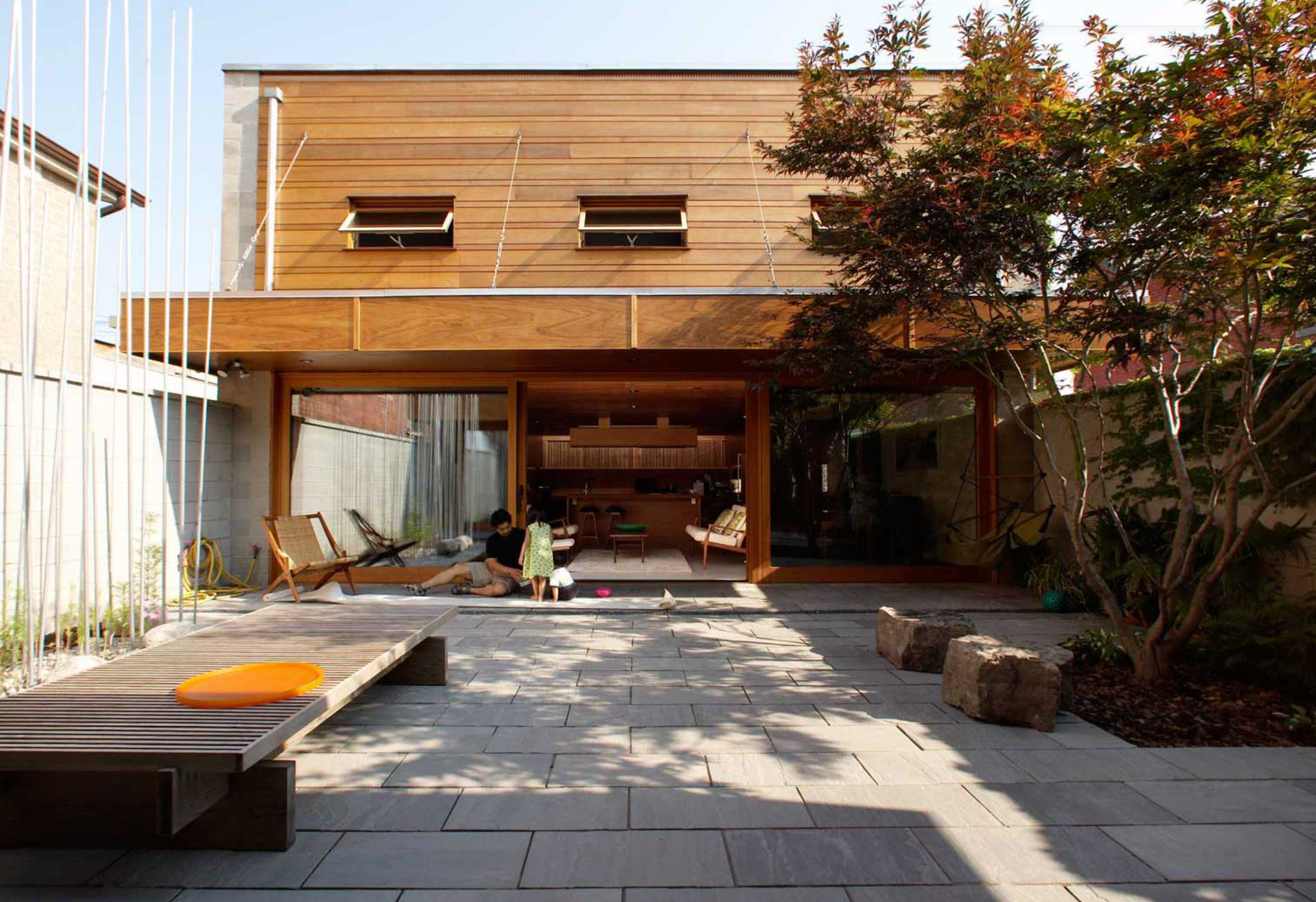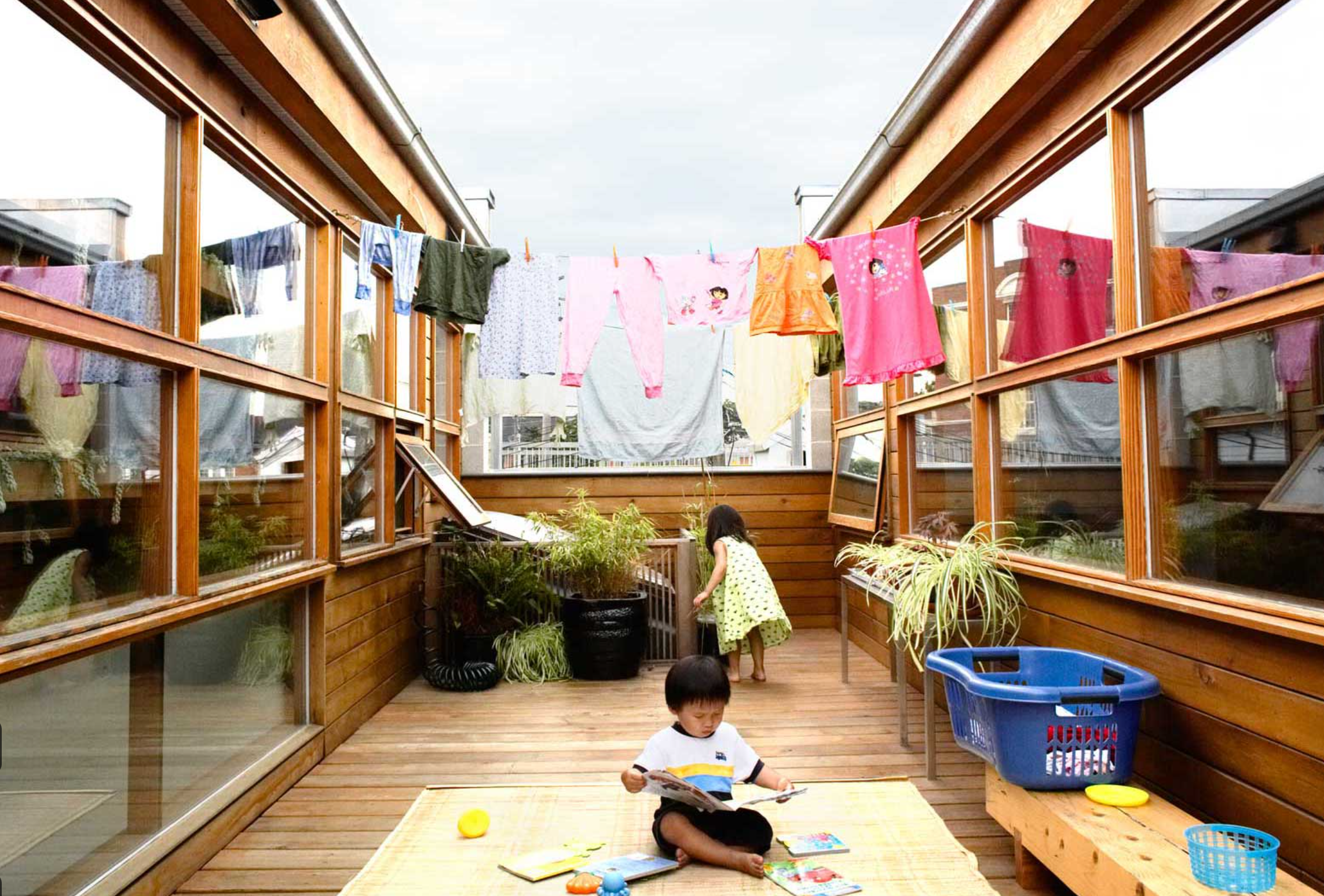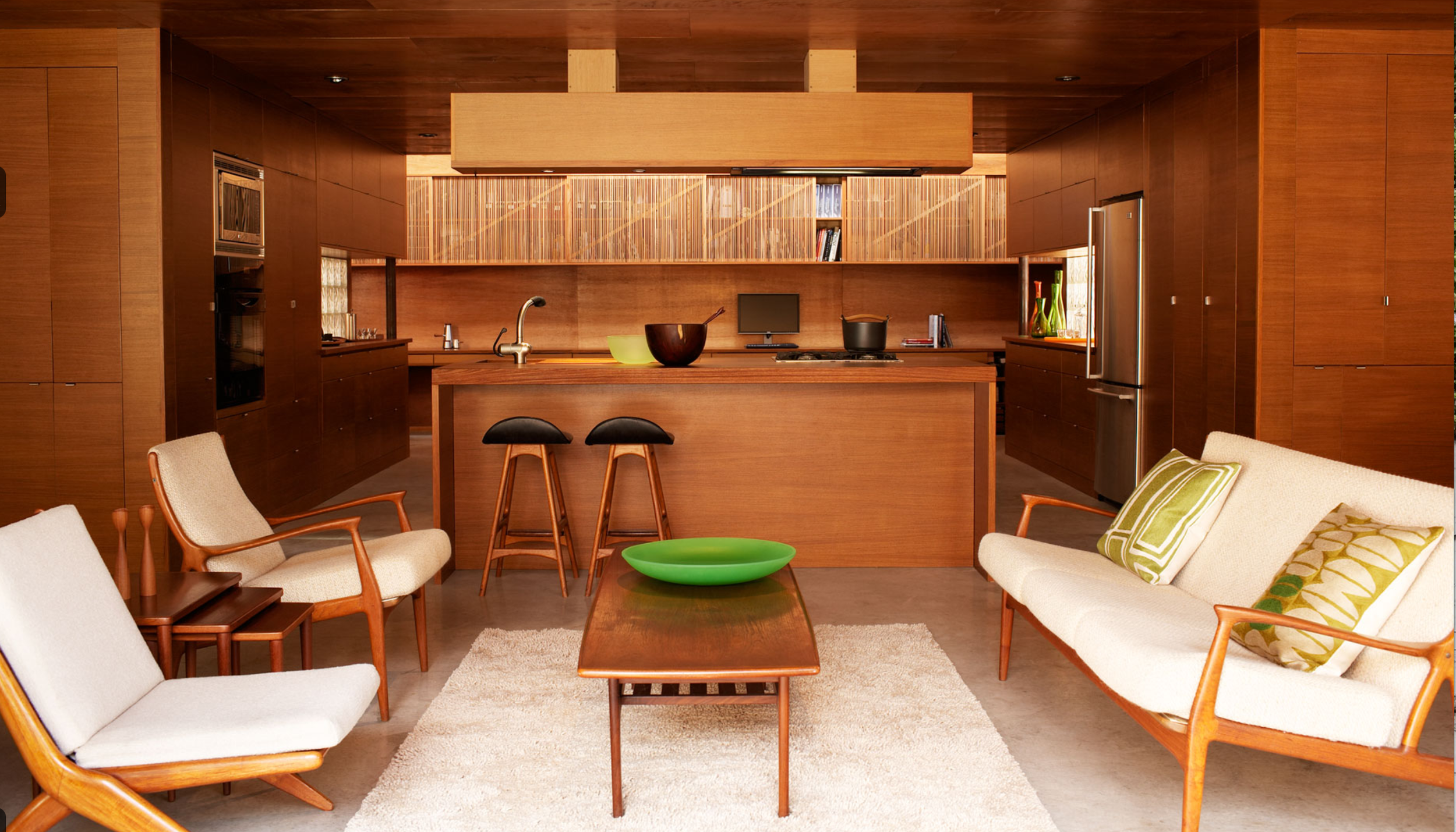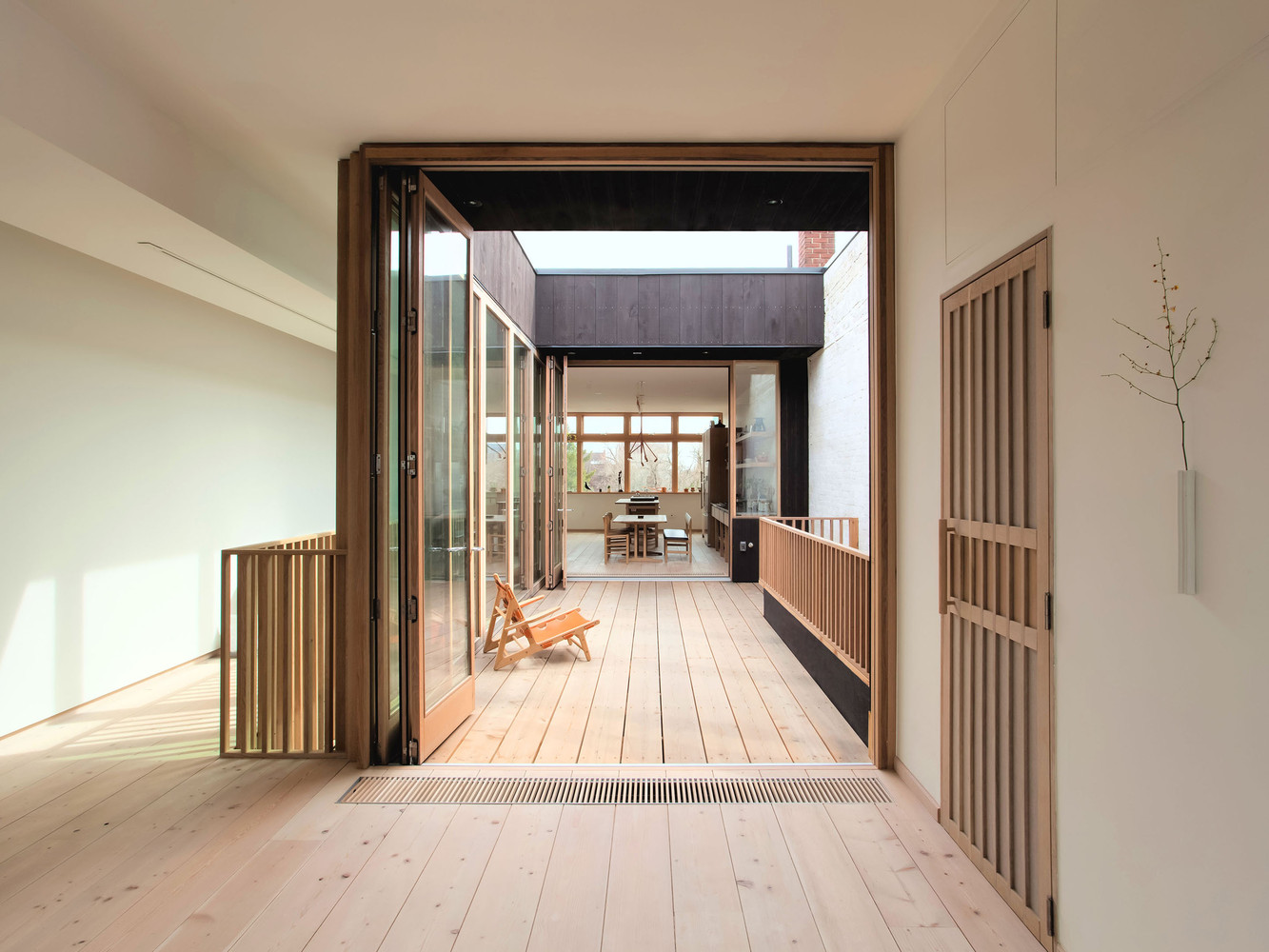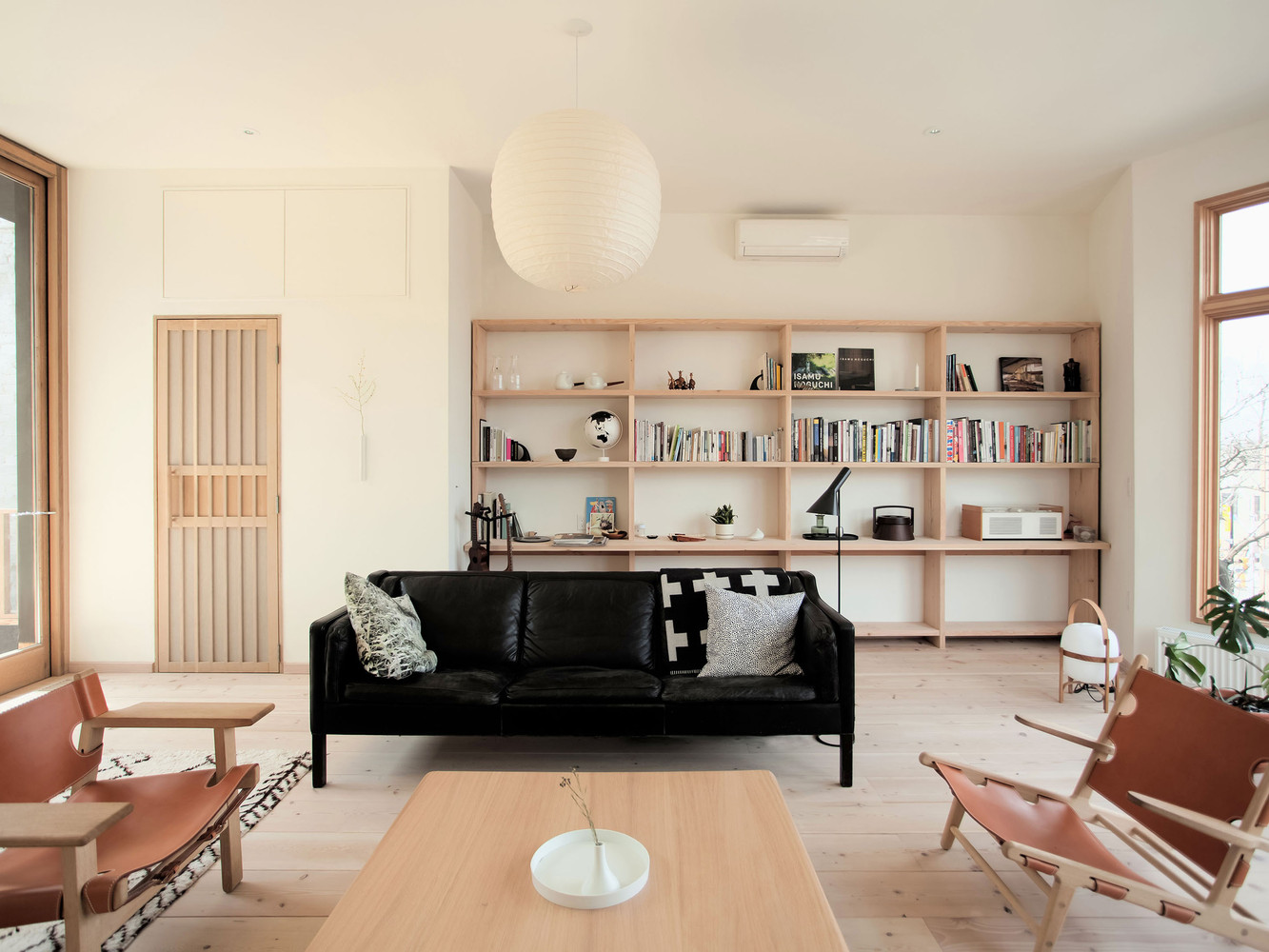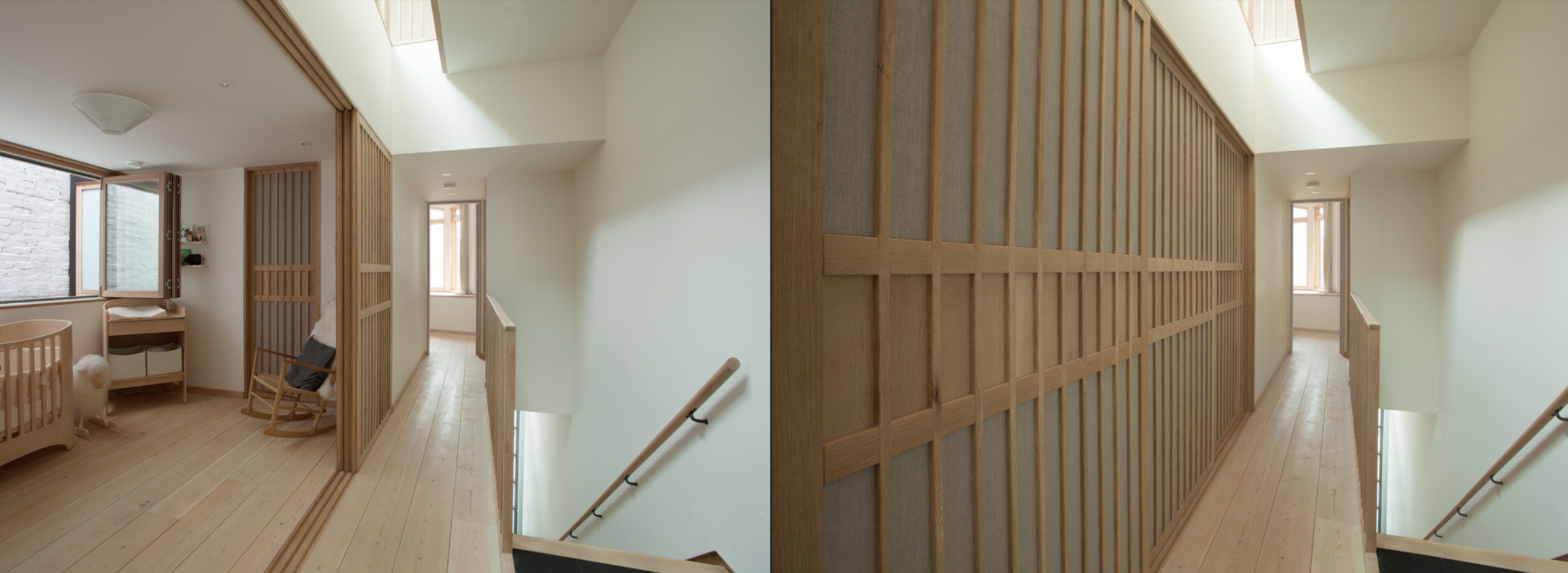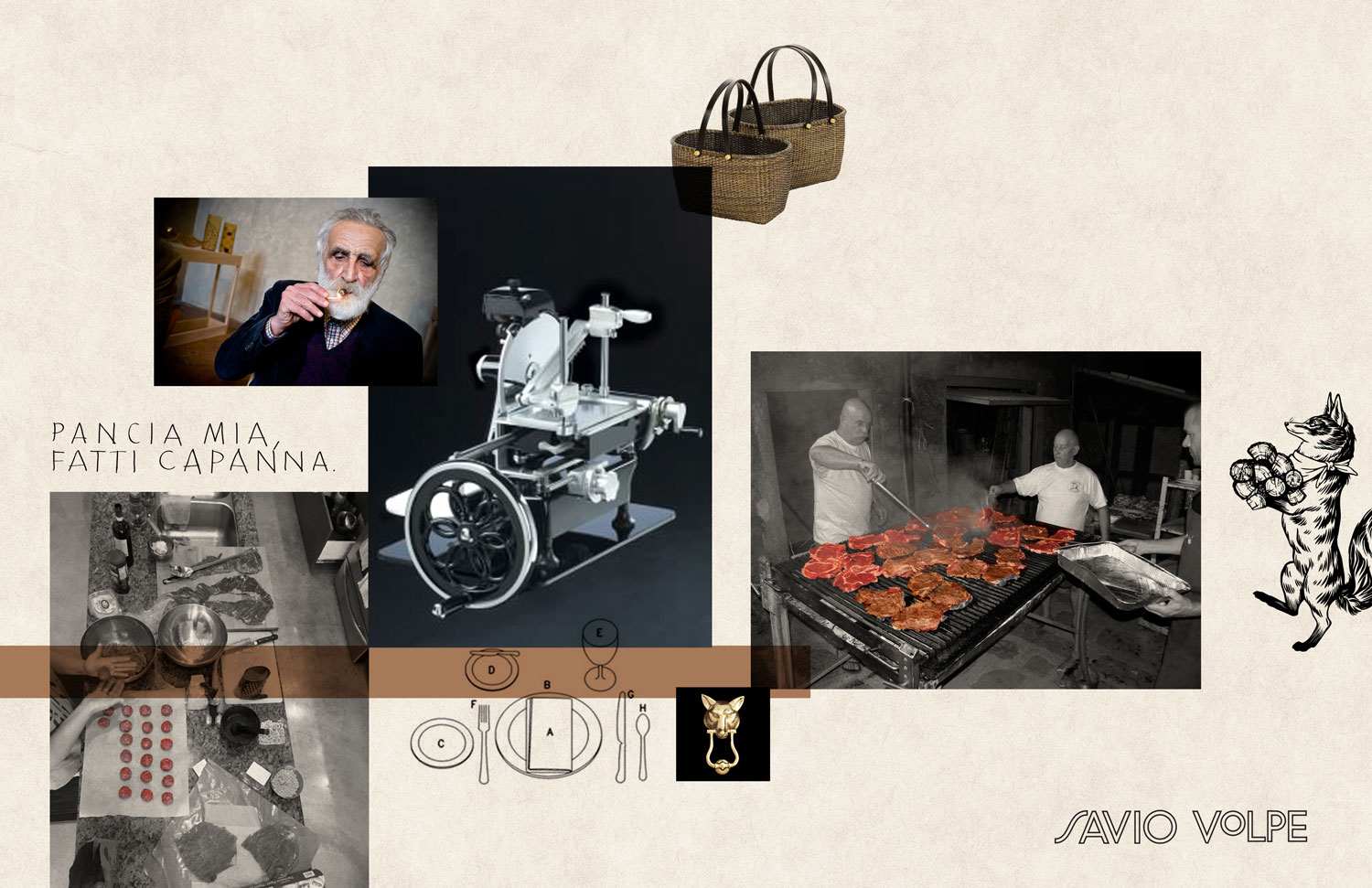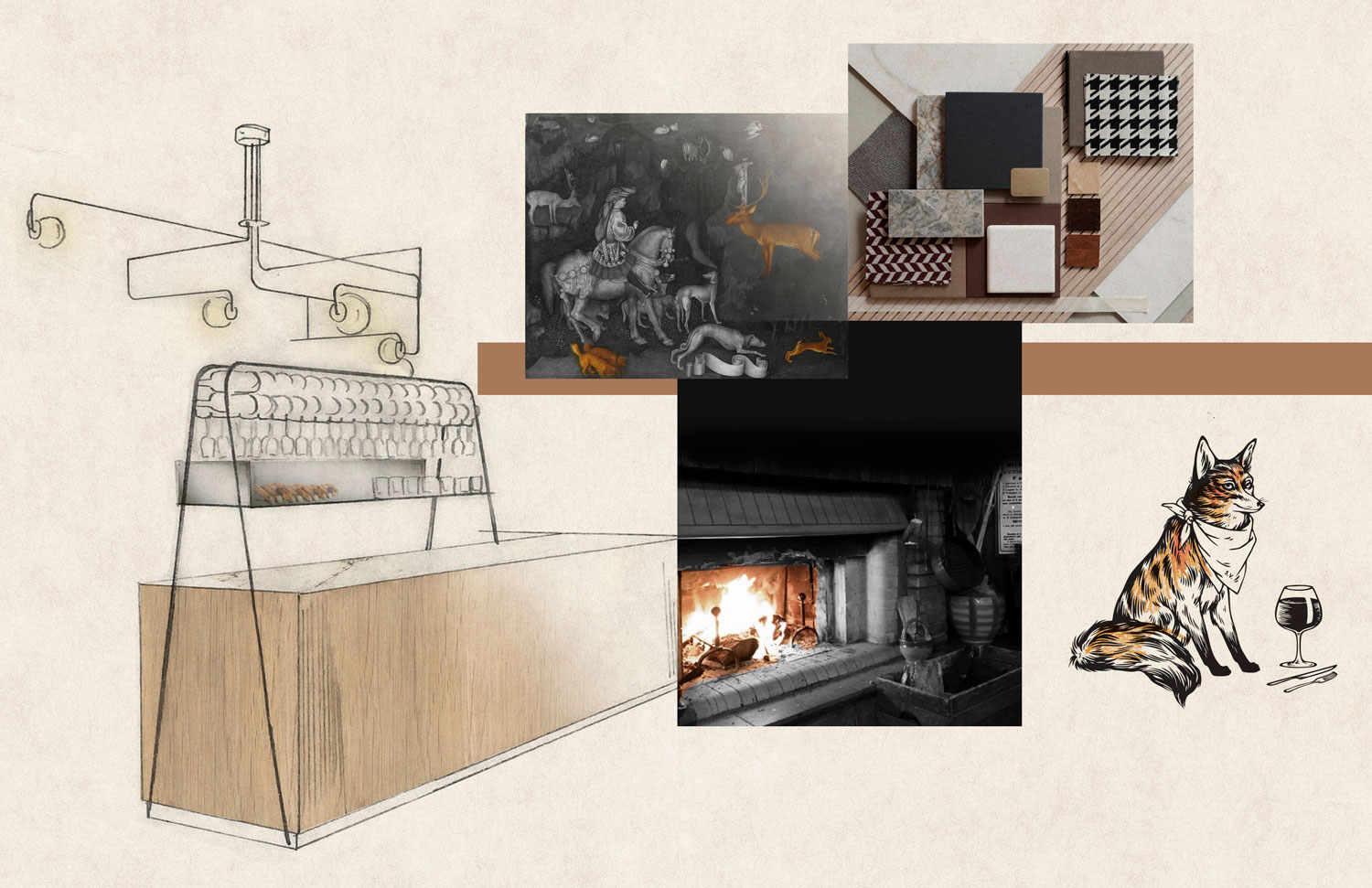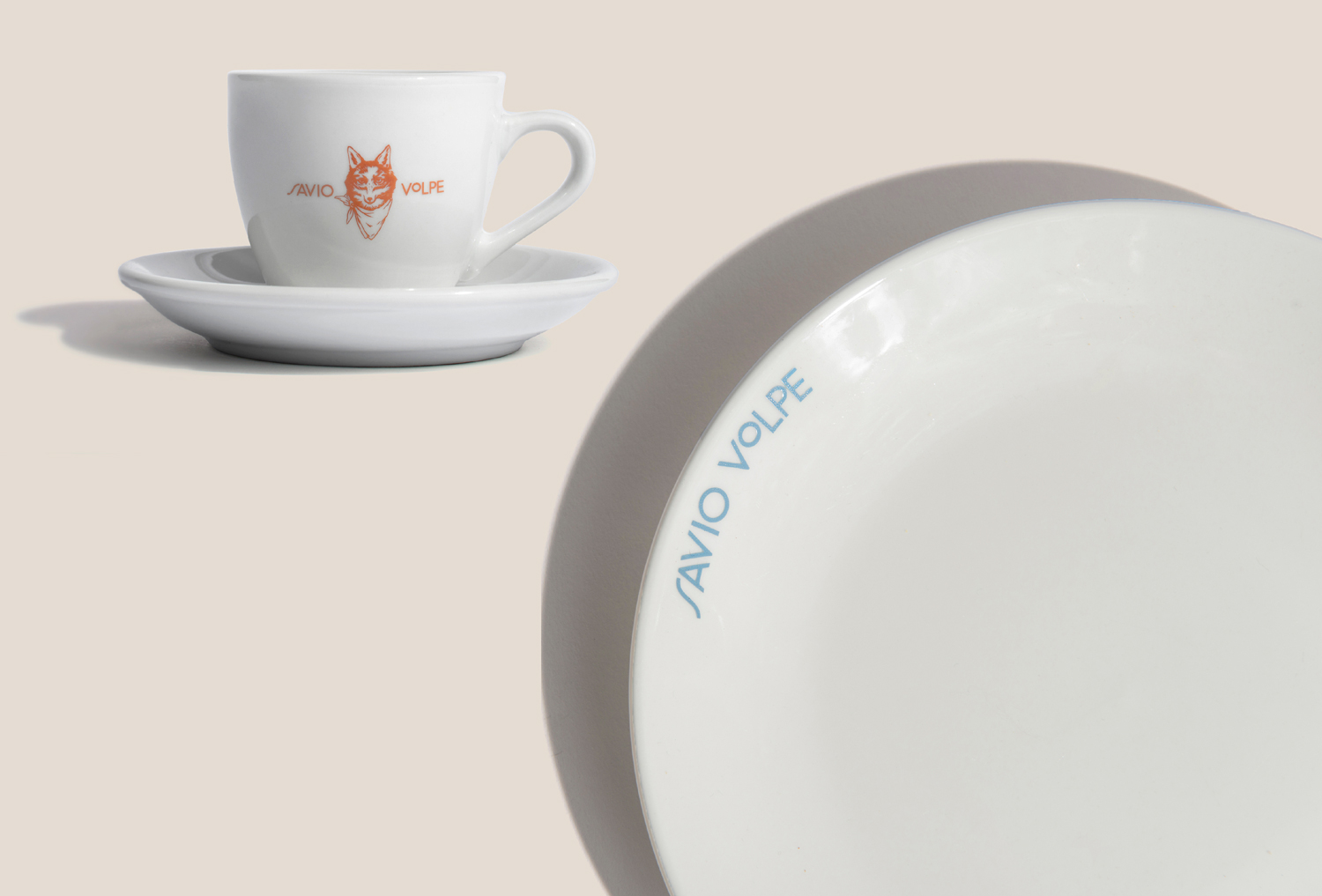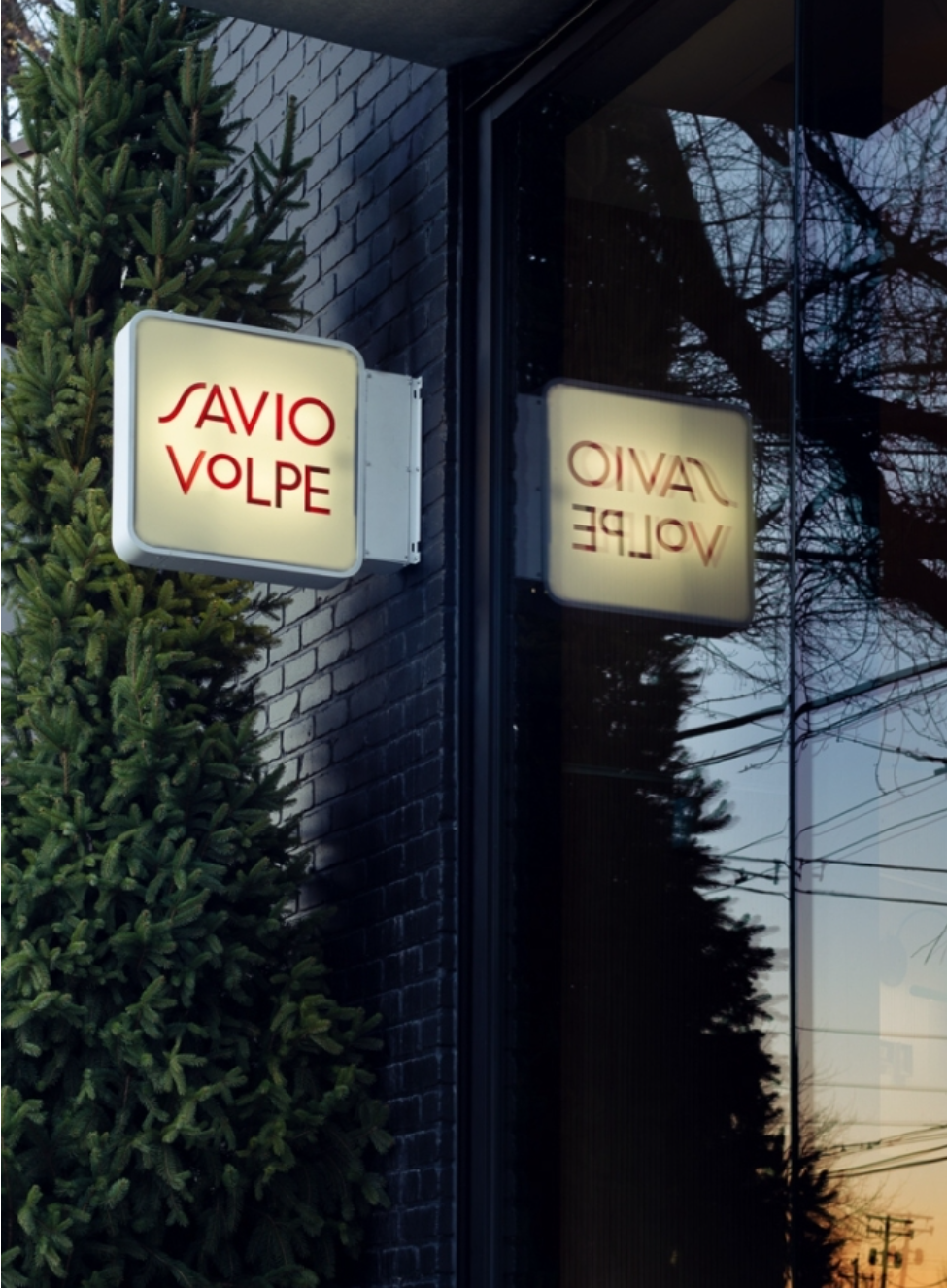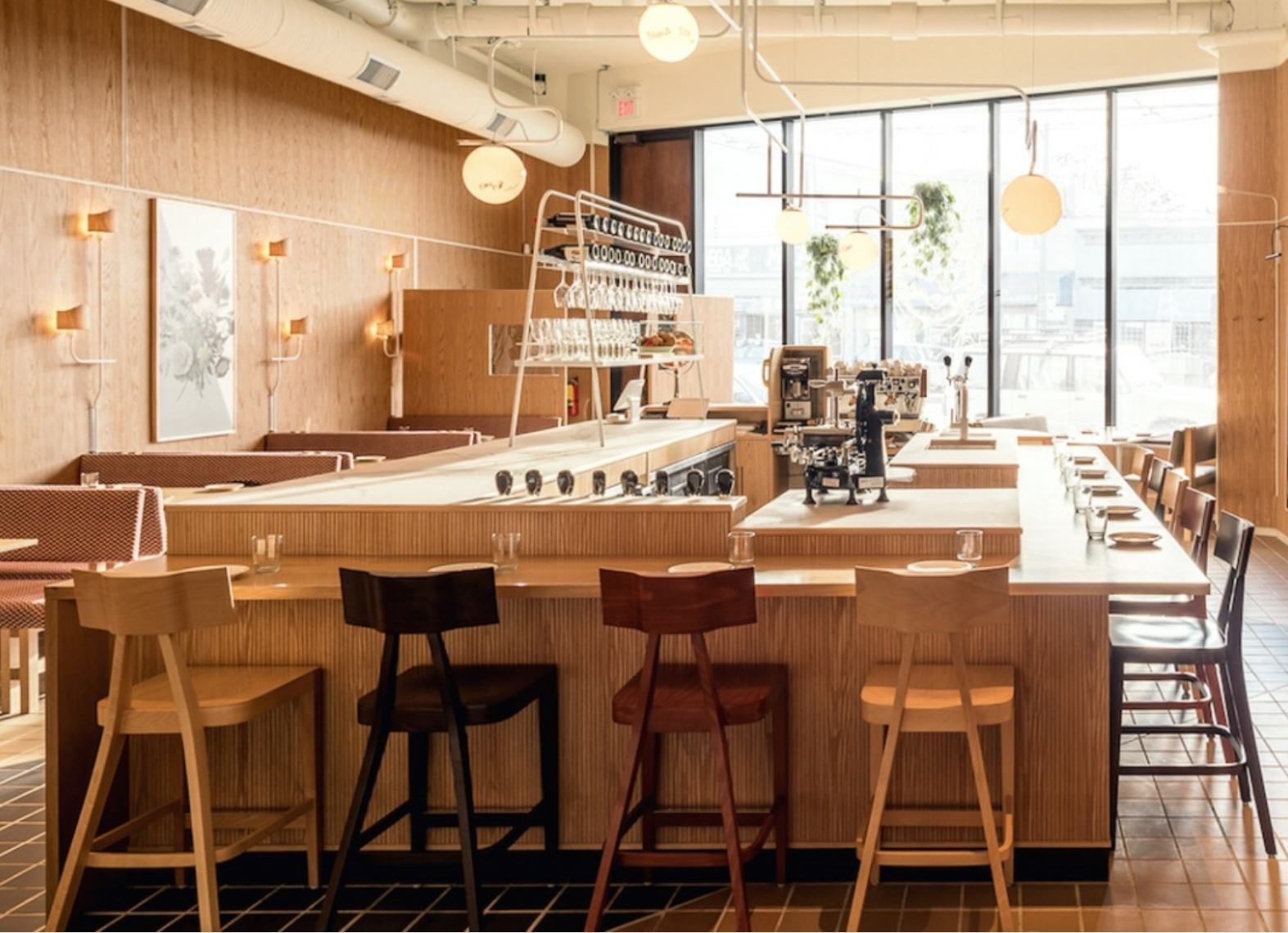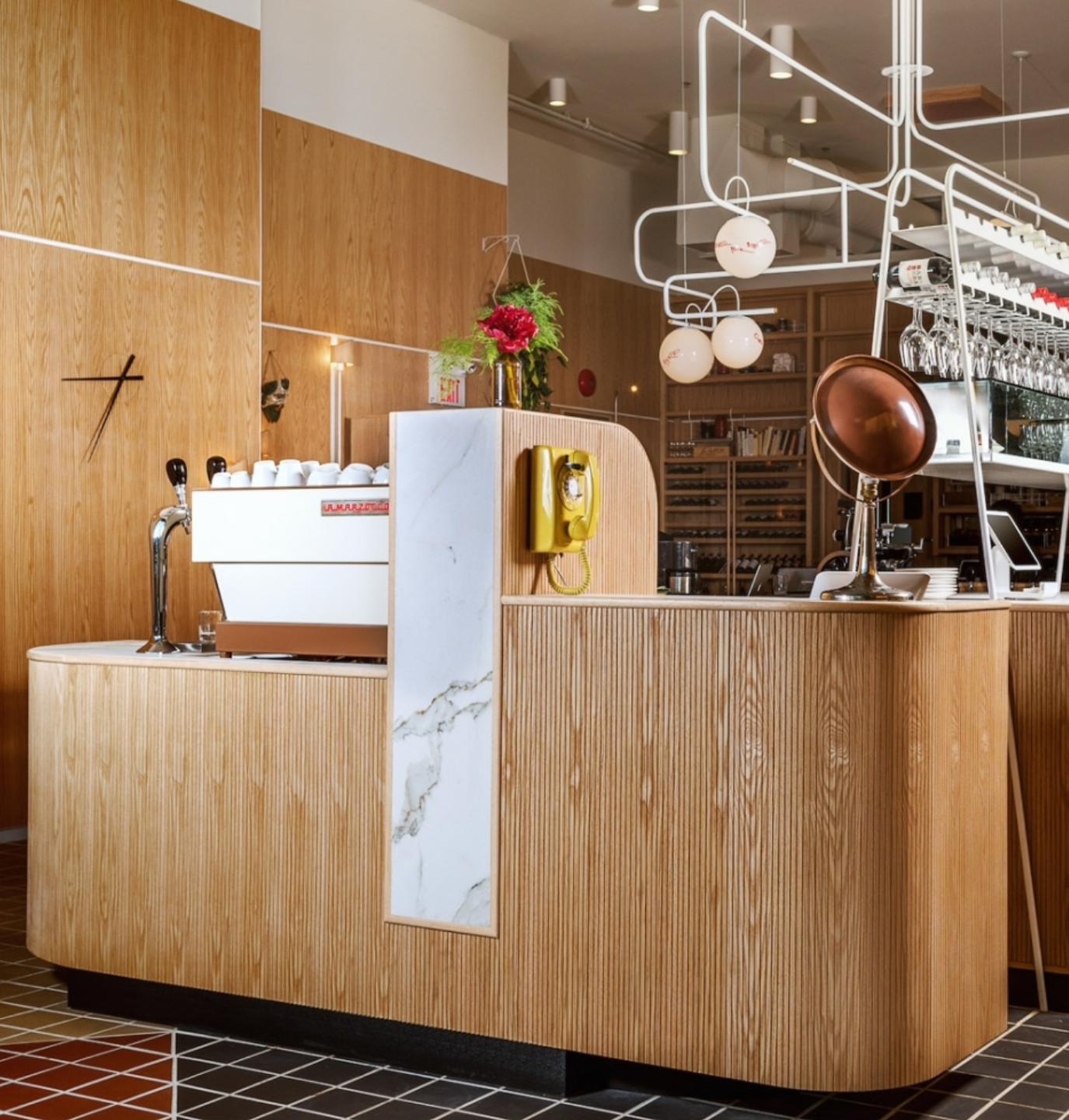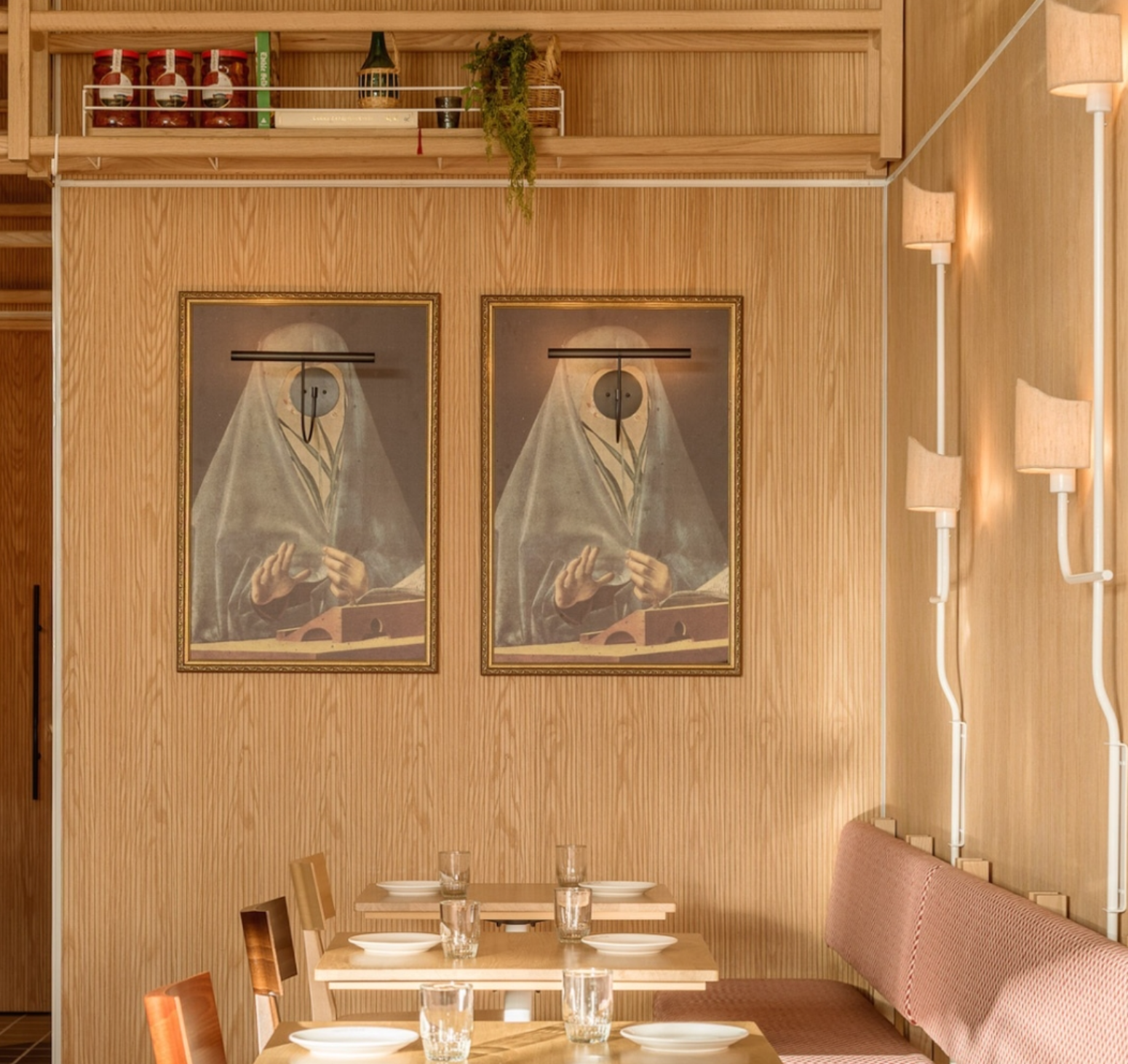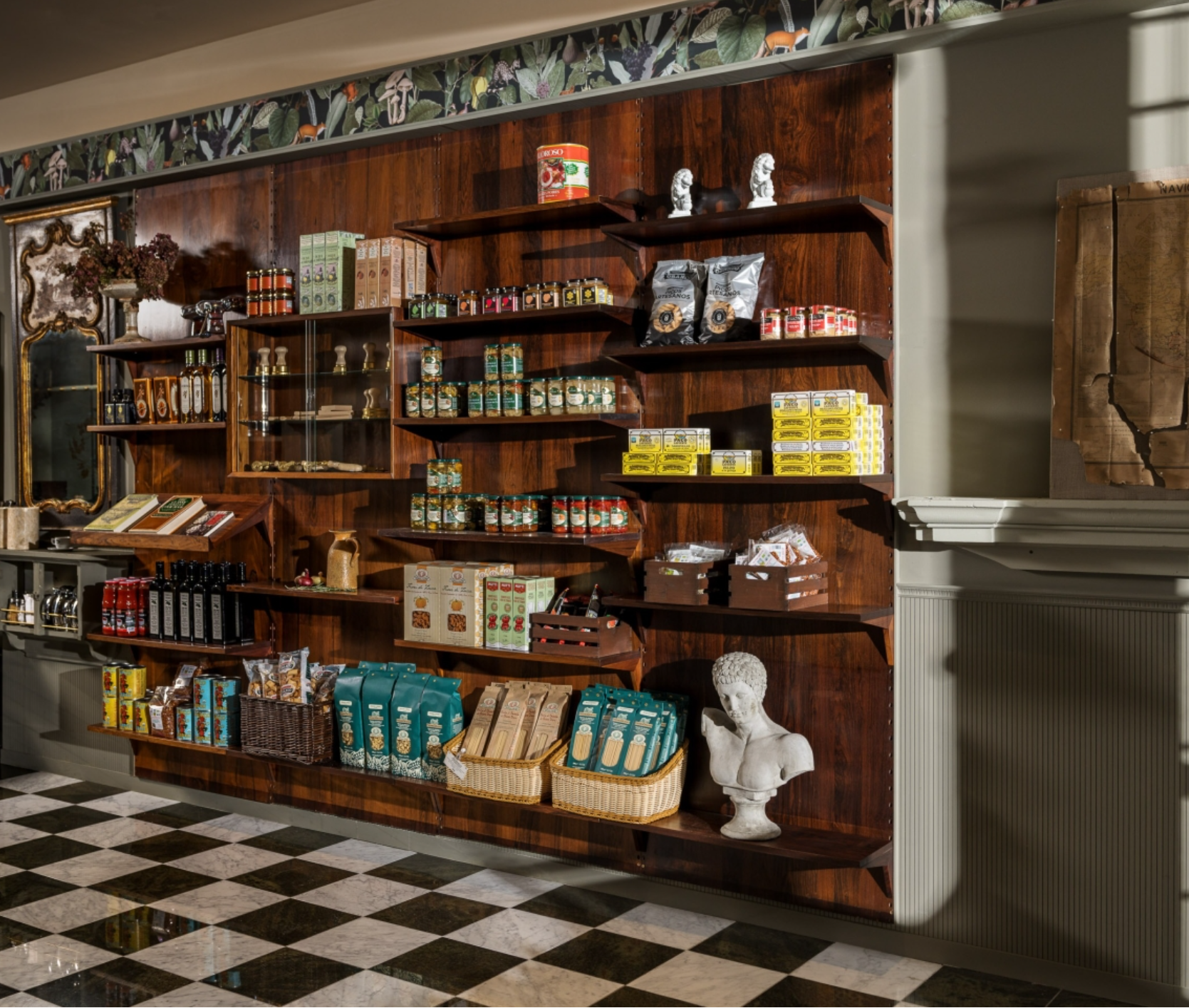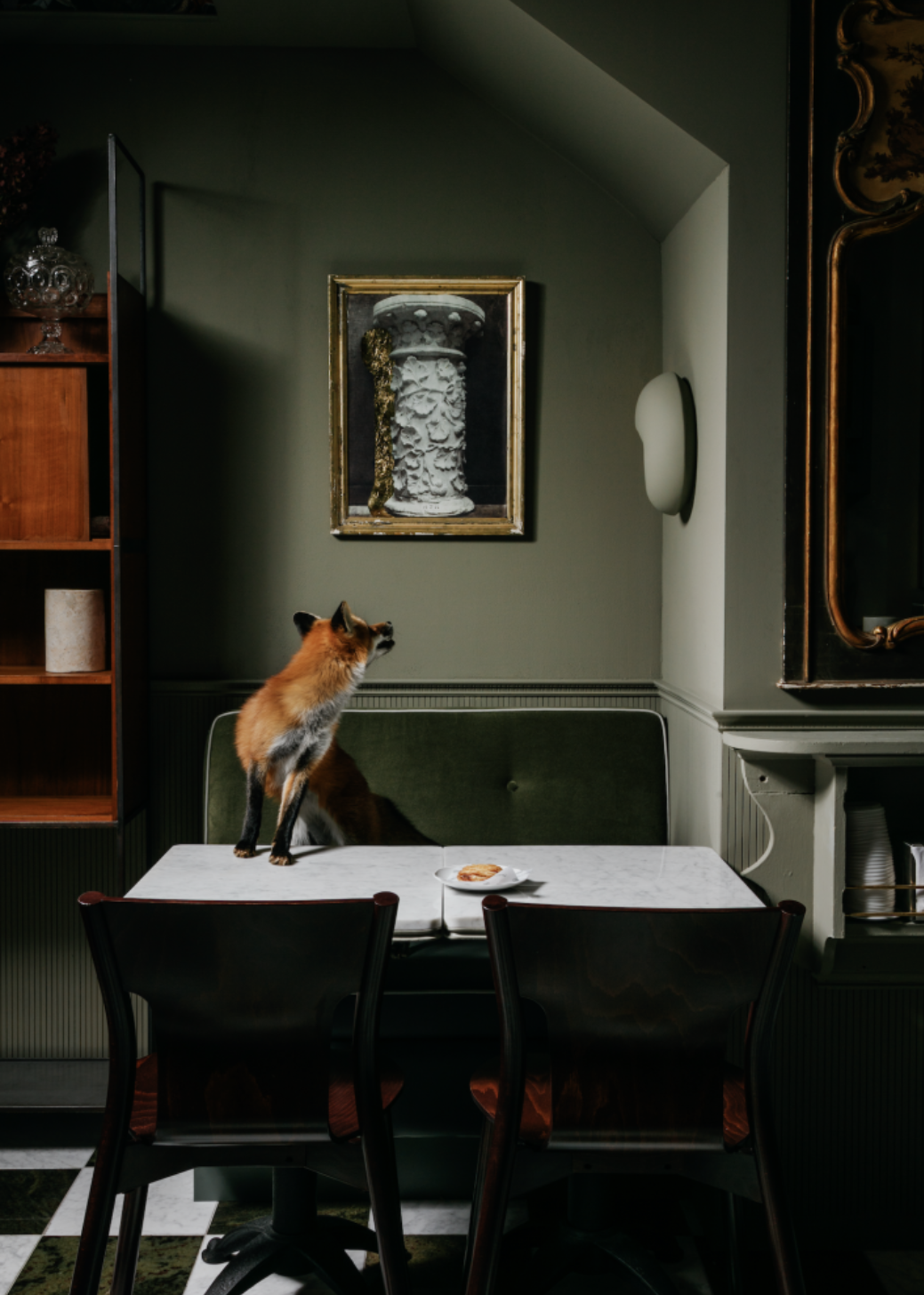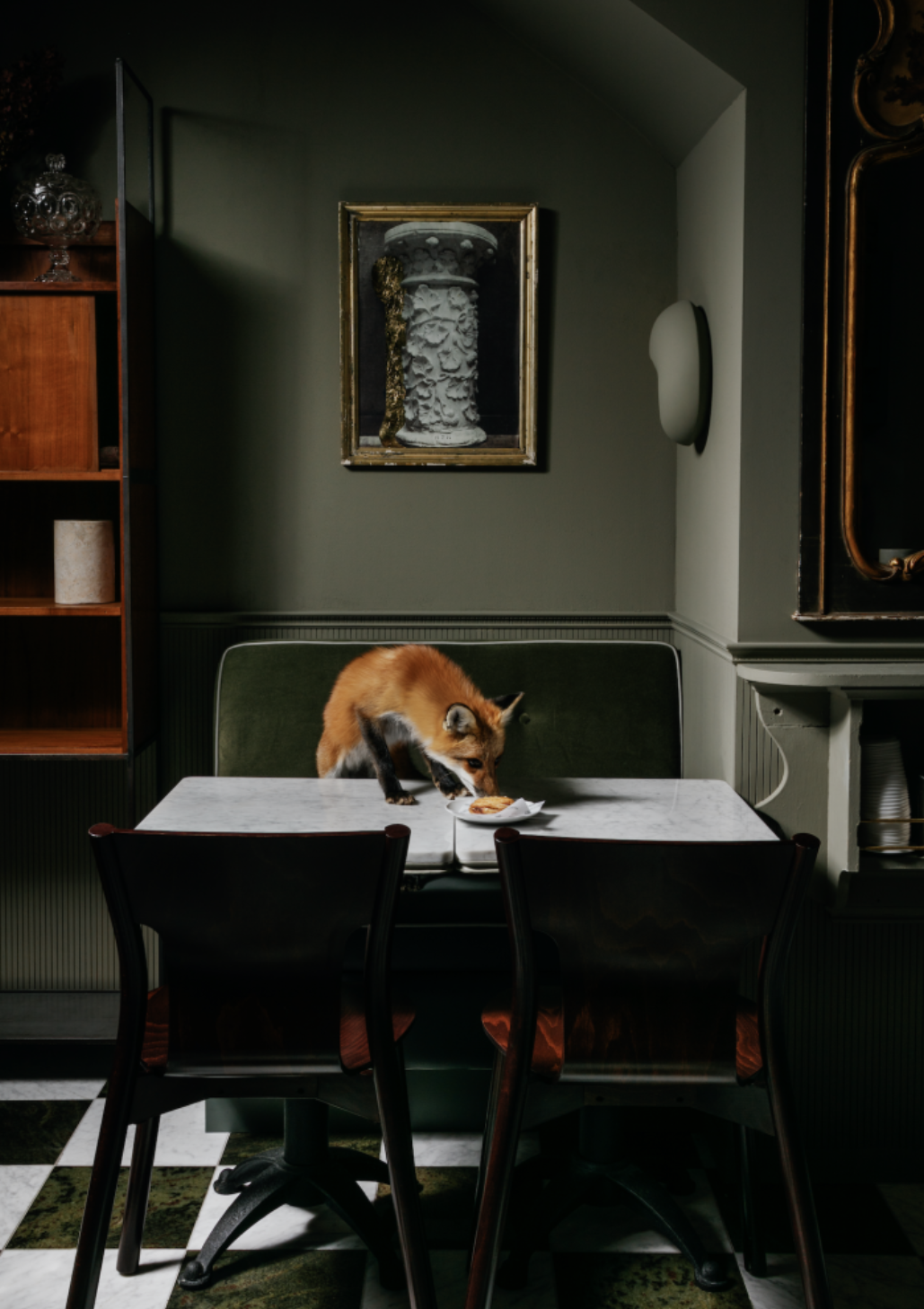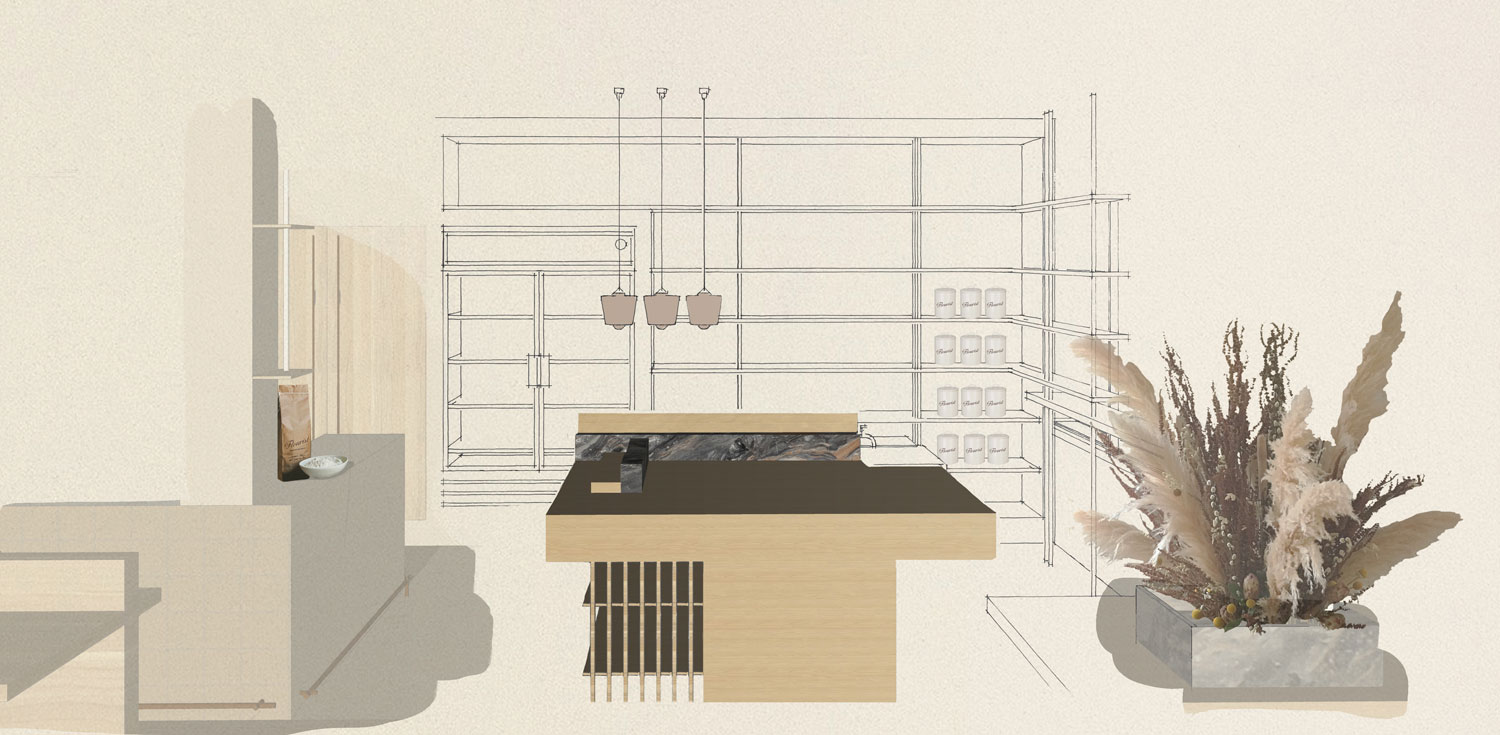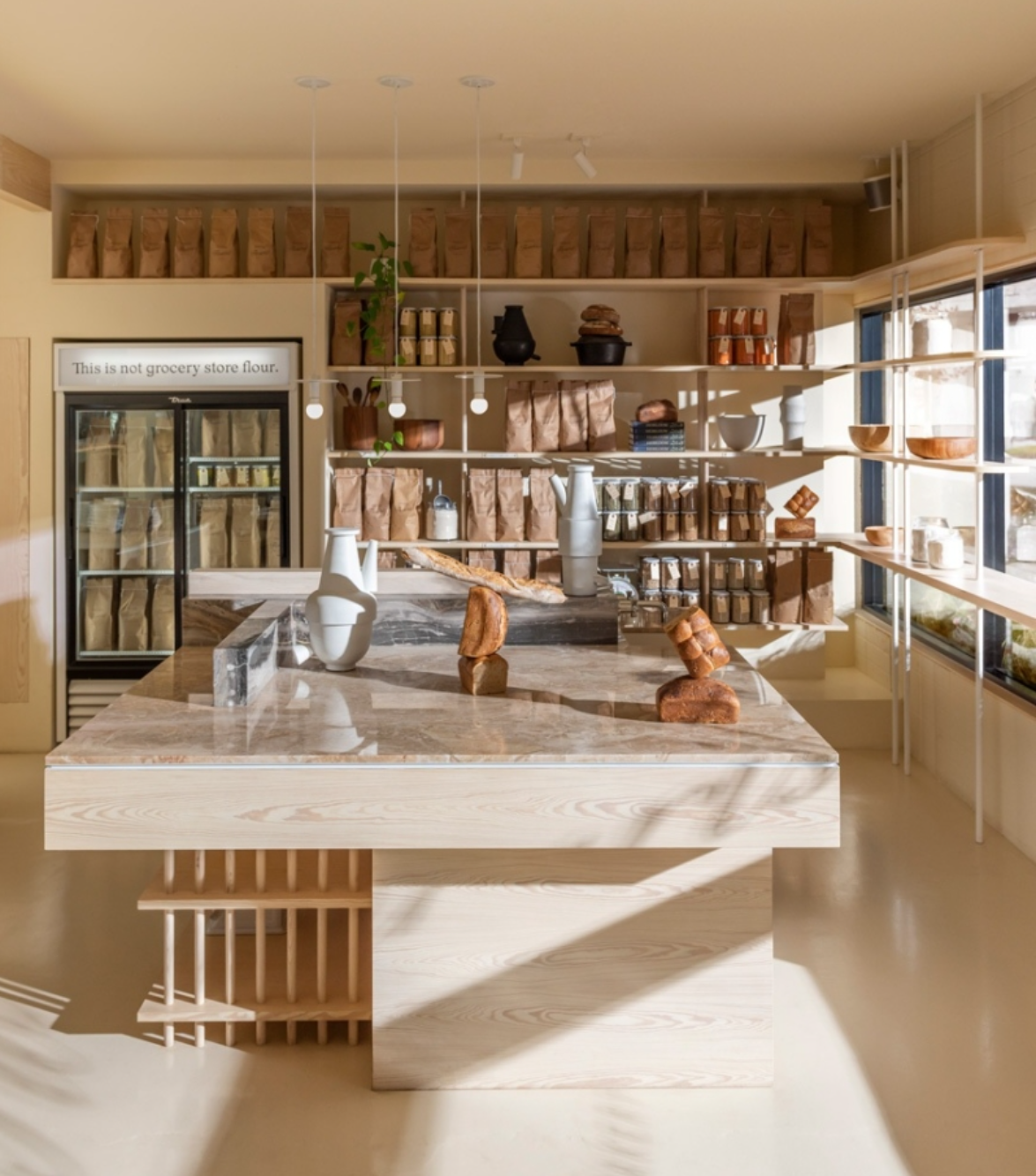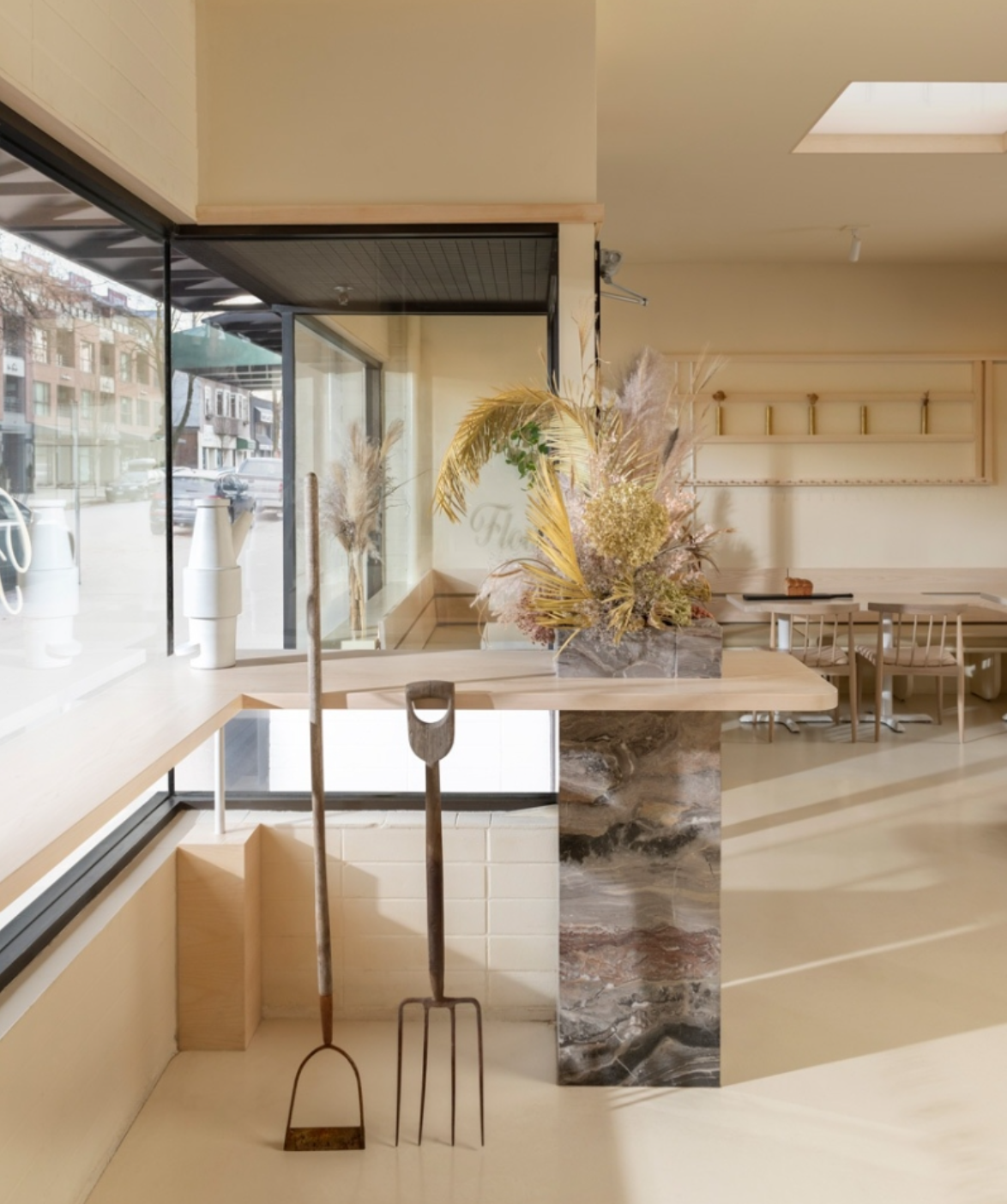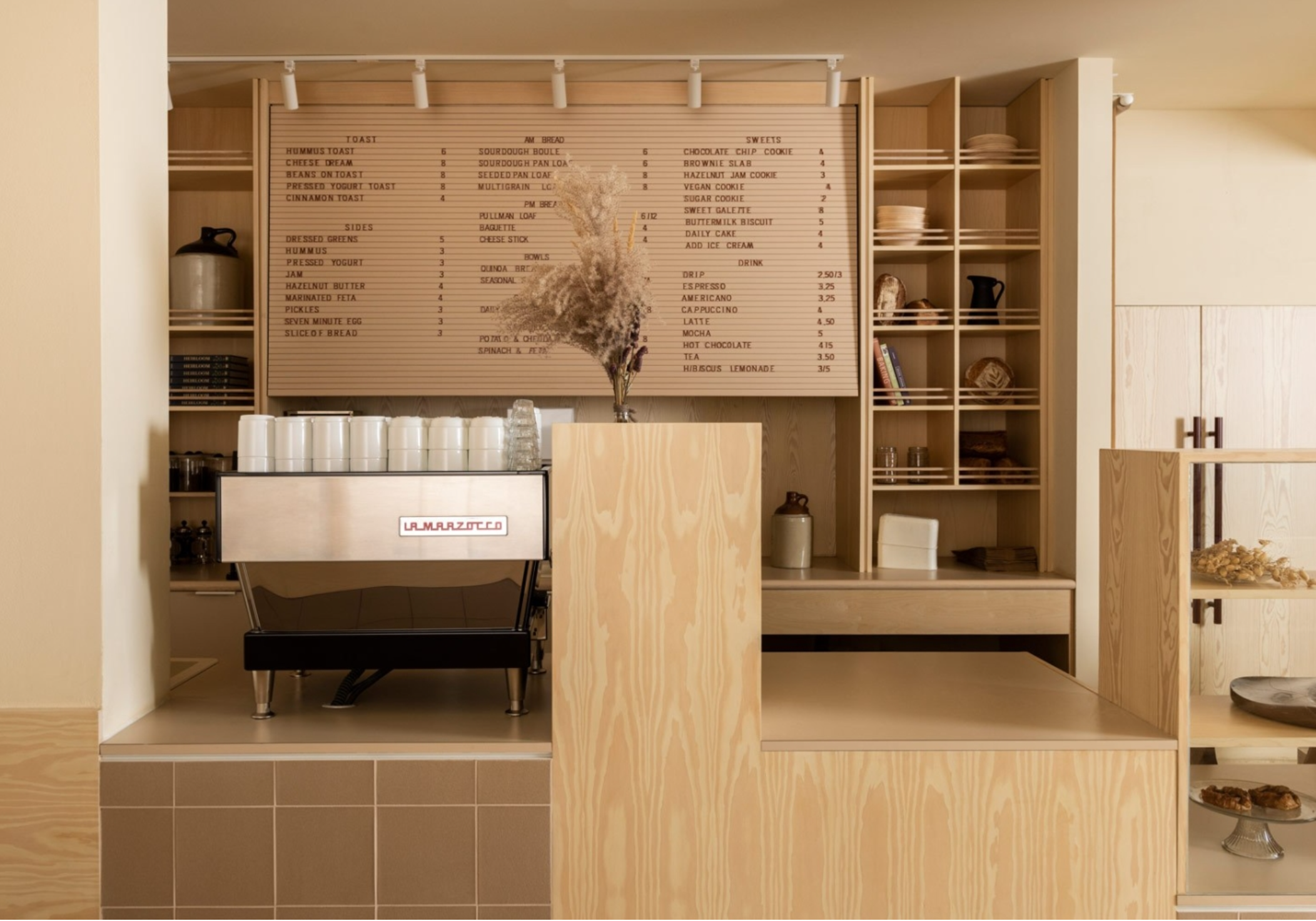Oh, Canada!
Decoration by Mazen Studio. Photo by Eric Petschek for the New York Times.
Robbie Robertson died recently. If you don’t know who that is, I’ll come clean and say I didn’t either, for at least half my life. He was a musician, composer and member of The Band. If you don’t know who they are, this should ring a bell;
Take a load off Fanny
Take a load for free
Take a load off Fanny
aaaaand (aaand, aaaaand) Put the load right on me
When my husband, who is knowledgeable about music and Canadian, told me that The Band was Canadian, I didn’t believe him. Surely they were from somewhere south of the Mason Dixon line, of the Lynyrd Skynyrd variety. But no, four of the five band members were from the Great White North and only one was from the American South. I found it very odd that a mostly Canadian band sounded like they did, and was even more curious to learn that they were instrumental in cultivating rock and roll’s Americana genre. While the trends in music were going the way of loud psychedelia and rebellion, The Band was crafting music that’s the equivalent of making a tintype photograph now - deliberately anachronistic and nostalgic. To use the late Mr. Robertson’s words, “We just went completely left when everyone else went right.”
The Band members, from left; Garth Hudson, Levon Helm (sole American), Richard Manuel, Robbie Robertson, Rick Danko
I moved to Canada for love and lived there for seven years. I realized that even though it has a relatively small population for its size, it has a tremendous amount of talent. While America continues to be a magnet for creatives, largely because of economic opportunity (case in point, Robbie lived most of his life in Los Angeles rather than his native Ontario), Canada continues to produce some of the brightest and best artists, makers and thinkers. Why? A few reasons come to mind;
1. While I’m not sure about the stereotype that “Canadians are nicer,” I do find them on the whole to be quieter. More modest, observant. They take their time, tell long stories. The national disposition enables reflection and the ability to process more. There is space to create, to think and to weigh each side.
2. They spend more time outside. No secrets here - the non-manmade world is full of wonder. Time spent in nature makes for an inspired, healthy artist.
3. Speaking of which, they have publicly-funded universal healthcare, meaning no one gets left out. This very real social safety net eliminates the anxiety and fear of being one ambulance ride away from bankruptcy. It also means if you work independently, which most artists do, you are covered.
4. They also happen to live north of the United States, which to use the Trudeau-ian metaphor, is like a mouse in bed with an elephant. This may seem like a bad thing, but being out of the spotlight (or rat-race, depending on how you look at it) means that you are free to do your own thing, under the radar. To quietly whittle away on a fiercely independent project while the American hegemony dictates otherwise to its creatives. To go completely left when everyone else goes right.
These ideal conditions for heads-down, focused creativity turn out distilled, original, deliberate, authentic, amazing things of very high quality. Three of my favorite visual artists, Jeff Wall, David Blackwood and Agnes Martin, are Canadian.
Agnes Martin, White Flower I, 1985. Acrylic and graphite on canvas, 183 x 183 cm. Purchased 1995. National Gallery of Canada, Ottawa. © Agnes Martin Foundation, New York / SOCAN, Montreal (2022) Photo: NGC
Picture for Women, 1979, transparency in lightbox, Jeff Wall/© Jeff Wall; Courtesy the artist and Glenstone Museum
David Blackwood, Down on the Labrador: Towing the Nickerson, 2004, etching and aquatint in colours, 24 x 35.5 ins ( 61 x 90.2 cms ) ( plate size )
My favorite bookstore, Type and one of my favorite pizzerias, Pizzeria Libretto, are Canadian. Brilliant Canadian comedians? Jim Carrey, Mike Myers, Norm MacDonald, John Candy, Catherine O’Hara, Seth Rogen, Martin Short, Eugene Levy, Dan Levy, Nathan Fielder. Two of my favorite modern thinkers, Naomi Klein and Malcolm Gladwell, are Canadian. Many of my favorite musicians are Canadians - Metric, Kathleen Edwards, Sloan, The Tragically Hip, The New Pornographers, Alvvays (whose lead singer slung pizza at the aforementioned pizzeria), and of course, The Band.
And naturally, some of my favorite interiors, burned in my memory as touchstones, are Canadian. I completed my first design training at a small technical school in Ontario and so much of my design DNA was forged by the same values that shape Canadian artistic output that I mentioned above - collectivism, restraint, biophilia.* I’m grateful for that, as I’m grateful for my time there.
*Biophilia is “the idea that this fascination and communion with nature stem from an innate, biologically-driven need to interact with other forms of life such as animals and plants.” Definition pulled from Psychology Today.
Here are some of the interiors and their designers that had a great effect on me.
Every space Mazen El-Abdallah designs, I am into. His work skews toward modern, but he can very easily incorporate traditional detailing or furniture into his perfectly balanced, tailored interiors. Below is a spread from a Canadian shelter magazine that I spent hours poring over. I lost it and even ordered an archived copy.
This may not seem groundbreaking now, but at the time (~2013), people were still hesitant about brass finishes and open shelving. All the choices feel so good together; olive green cabinetry, charming use of space in a tight galley kitchen, the articulating sconces, the marble-wrap separating the upper and lower cabinets, the patinated wood of antiques, the mix of crisp white and milky cream, black accents, amber glass, the unusual Kohler faucet.
It’s interesting to see what sticks after years and trends go by. I know I will always love the combination of white, black, wood and green. They are the colors of the Canadian landscape, after all. Click here for a video tour of the kitchen.
A few other highlights below. I love how everything in his interiors has a chance to breathe. It makes it all serene, sculptural.
Peter Tan and Christine Ho Ping Kong of Studio Junction
I had the pleasure of touring Studio Junction’s own house and studio, The Courtyard House, during “Doors Open Toronto.” The former factory backs onto an alley and the house has a façade that barely hints at its interior. As soon as I stepped into the entry courtyard, I thought, “Oooooookay...this is really special.” Most urban residential architecture goes the route of maximizing square footage because of the limitations of small lots. Size is King, how boring.
Instead, Studio Junction’s work elegantly maps their interiors to make total poetry of light and openings.
They also introduce true indoor-outdoor living with courtyards and second-story breezeways that are just as thoughtful and useful as interior spaces.
I cannot emphasize enough the simple luxury of these choices and how incredible they make a space feel. I’ve heard architects rhapsodize about connecting inside to the outside only to be disappointed by gargantuan swaths of glass (that kill birds) or an obscenely large deck and outdoor kitchen (that no one cooks in), but this house was the real deal.
This was also the first (and only?) time I’d been in a room that was completely clad in wood. And look at all that hidden storage. Haptic heaven.
Here are a few images of their feted renovation for Mjolk owners John and Juli Baker (also check out Mjolk - more Canadian design excellence). Another sacrifice of interior space to behold the outdoor conditions.
John and Juli run an aspirational lifestyle/furniture/home goods shop that focuses on Scandinavian, Japanese and Canadian design. Can you tell? Ha.
Notice the four sources of light on the left. To the right is a shoji-esque slider, which is closed for privacy, and still, the hallway glows with daylight.
I love how unfitted and light the kitchen feels. Its elegance lies in its modesty. And imagine having your morning cup of whatever and looking into the courtyard while it snows, or throwing the doors open to have dinner outside in late summer.
This works brilliantly because of the smooth floor transition. Something jarring happens when the shift from indoors to outside is clumsily handled. If the steps from the house down to the deck down to the yard feel random and out of sync, it’s a poor experience. Even you’re not completely conscious of it, the friction creates a psychological separation between inside and outside. Whereas in this case, it’s nearly seamless. The implications matter - there is no hierarchy. Why don’t we build like this?!
I’ll close it out with one of the best hospitality firms in the game, Ste Marie.
I didn’t know commercial design could be this clever, or sexy, or cool. Ste Marie is helmed by Craig Stanghetta, a mustachioed former actor turned designer, which makes sense when you see all the narrative-driven detailing that is lacking in so many restaurants, hotels and shops. Projects this authentic, this tight, with zero phoned-in or cliched design moves, are sheer cinematic magic.
Savio Volpe was the first restaurant of theirs I came across and not only is the finished space incredible, the conceptual visuals are what I wish design school let us do. I am such a fangirl. Let’s all go to Vancouver together.
The branding (by Glasfurd and Walker, further Canadian excellence), the art, the styling, down to the plates - all are part of a commitment “to manifest possible worlds” (per their website).
A visual argument for why you don’t have to stick to one wood tone.
Another incredible spot, Caffe La Tana, “designed after an old world Italian alimentari – the kind found in every neighbourhood in Italy.” Some imaginative post-modern vibes in here. And the fox?! C’mon.
And then there’s the gorgeously blonde Flourist Bakery.
That’s just the shortlist. There are countless other Canadian designers I haven’t profiled here (Montreal! the coolest city in North America), but I’ll probably do a follow-up post down the line. For now, I’ll leave with you with this very janky video of 16 year-old Celine Dion singing the absolutely beautiful Canadian National Anthem (skip to 3:38).
Rest in peace, Robbie.
